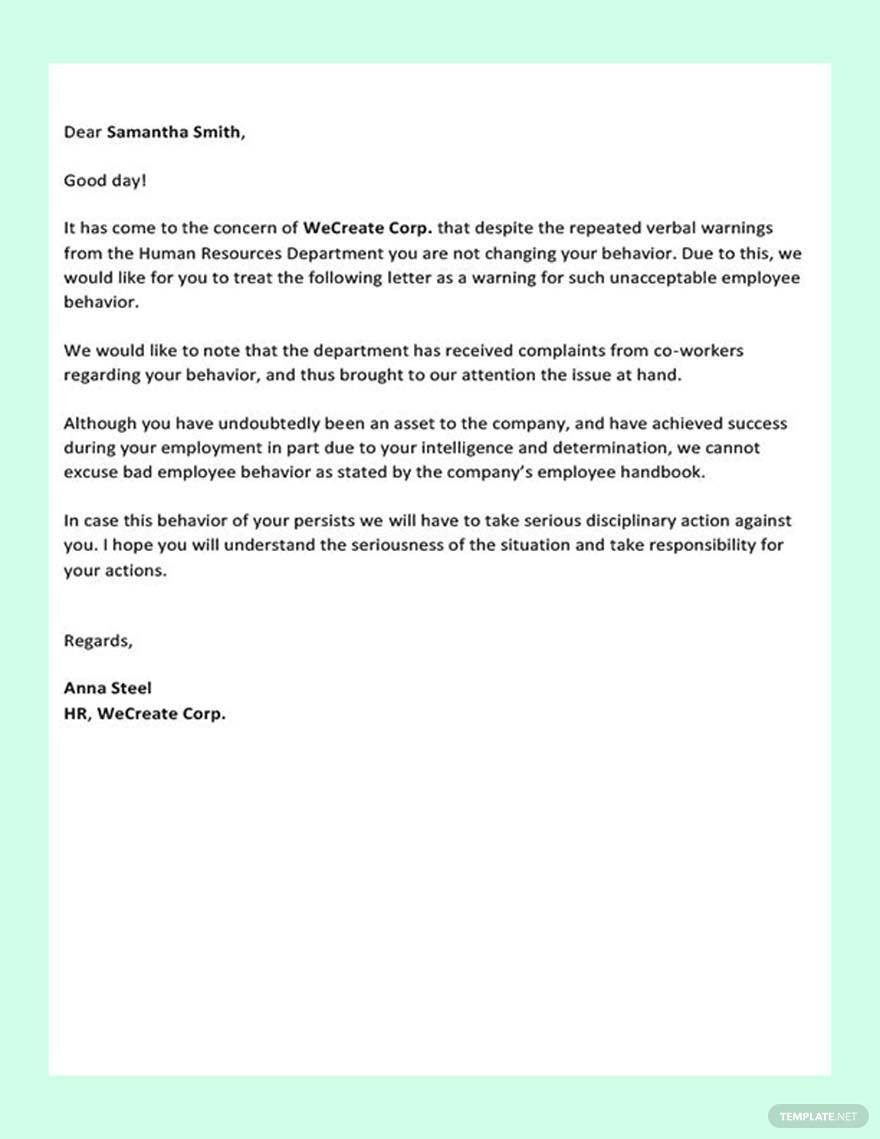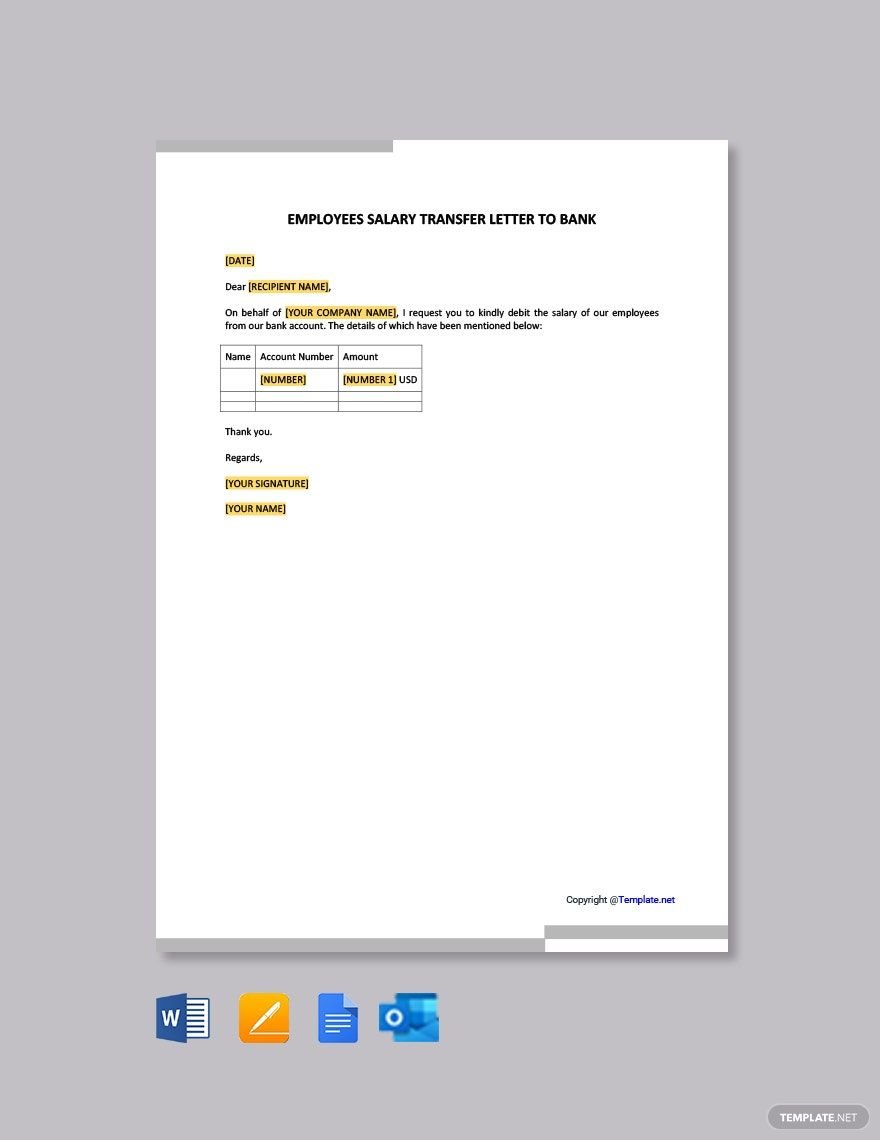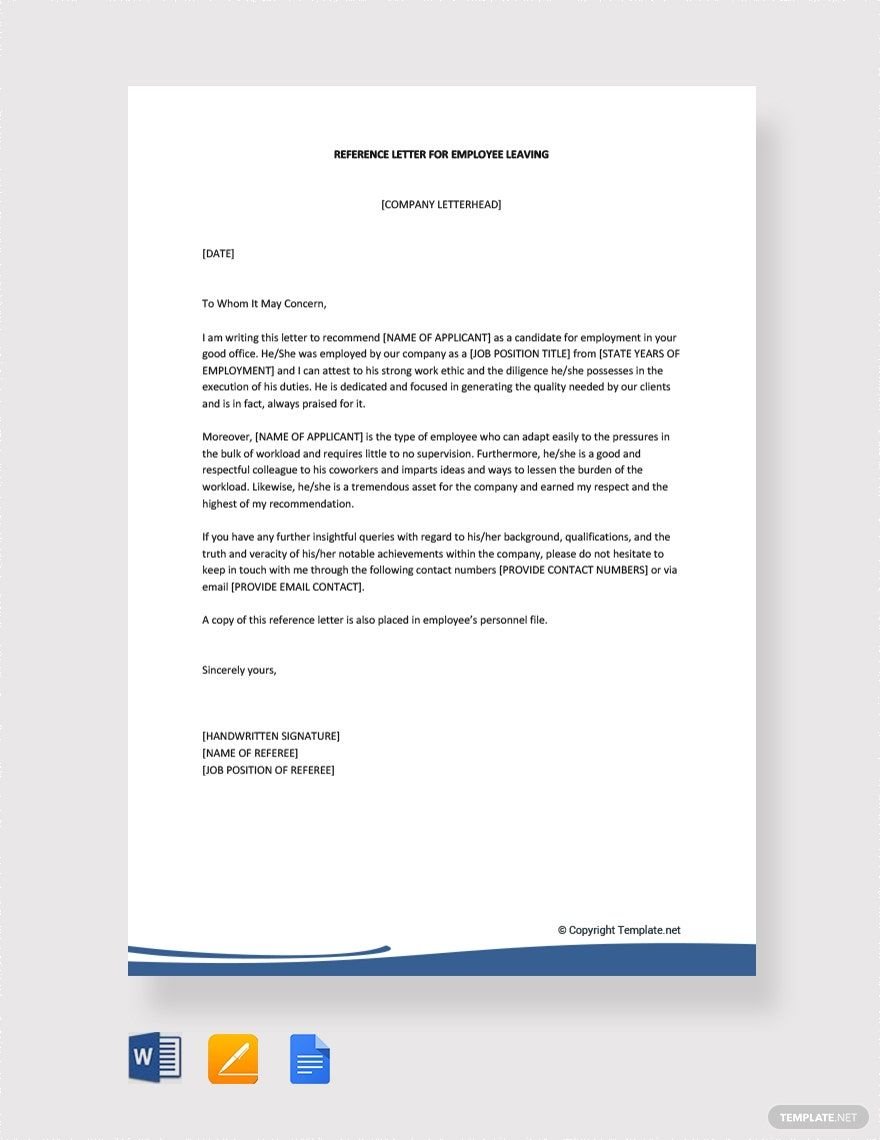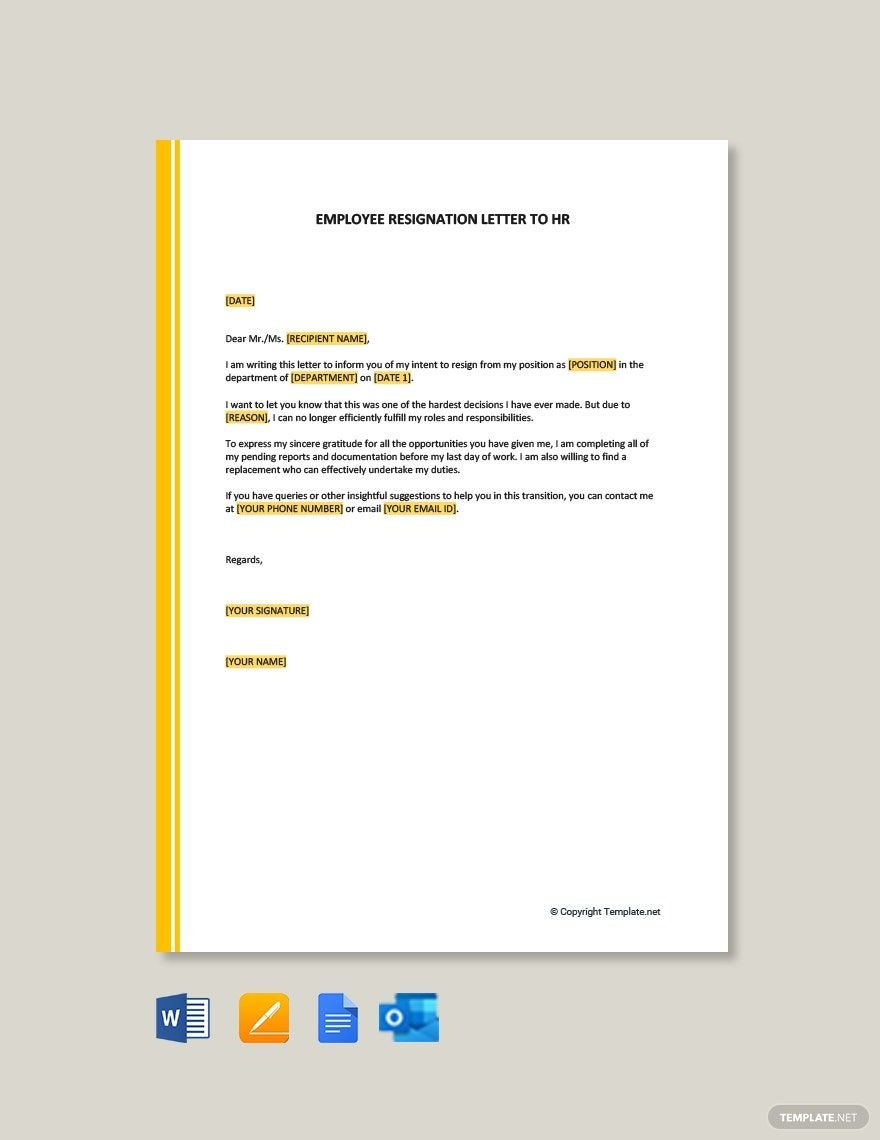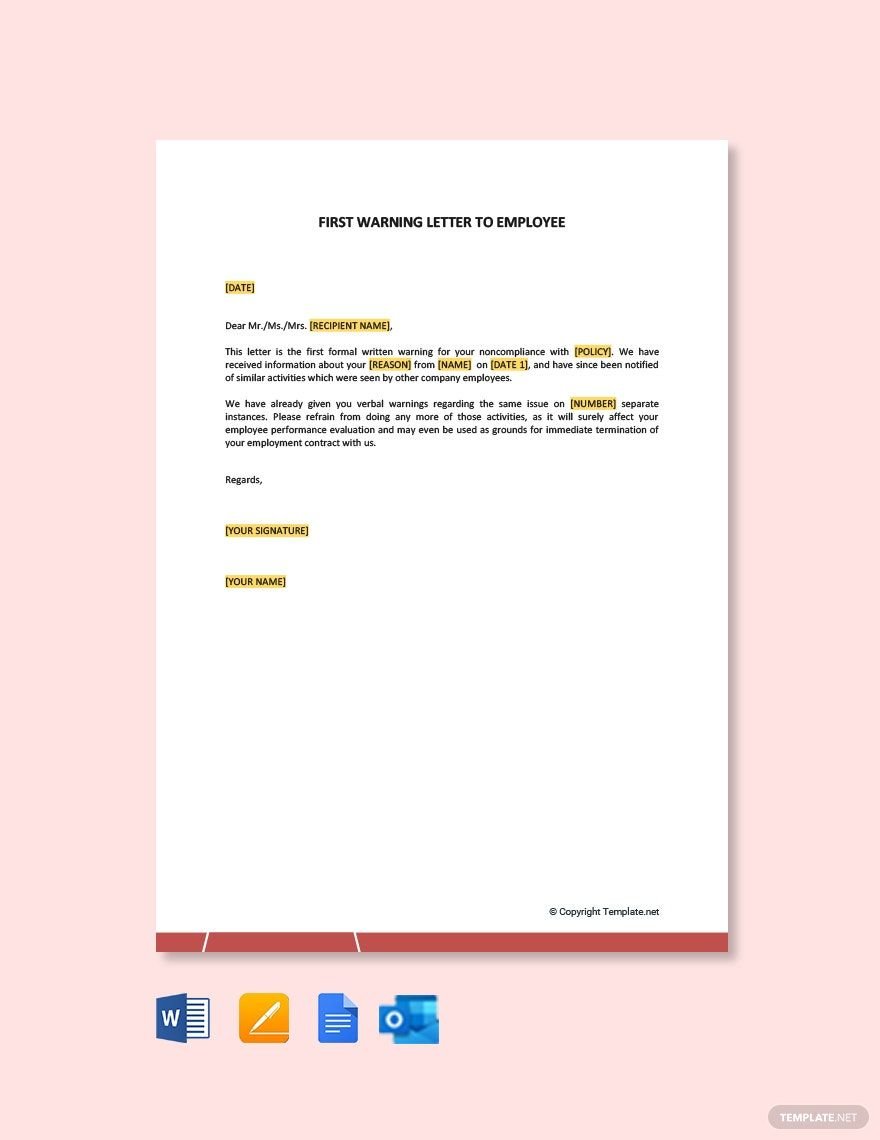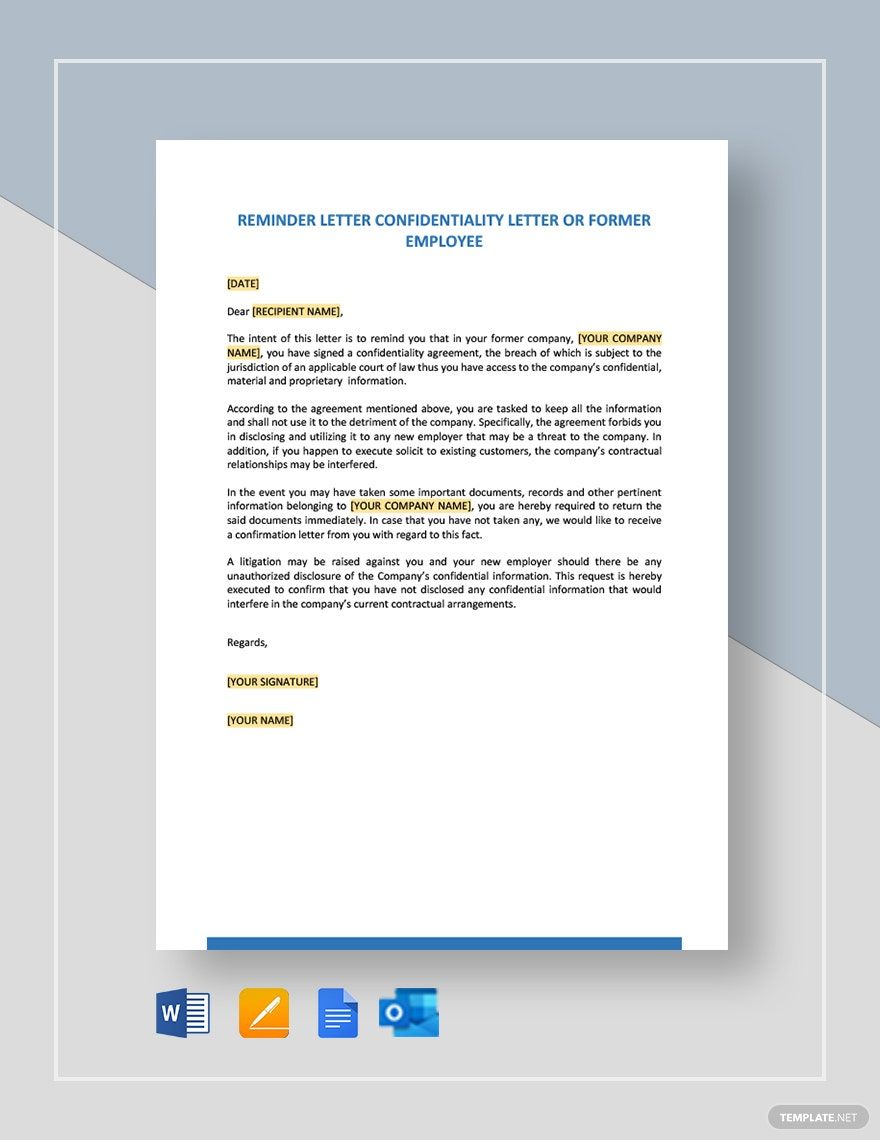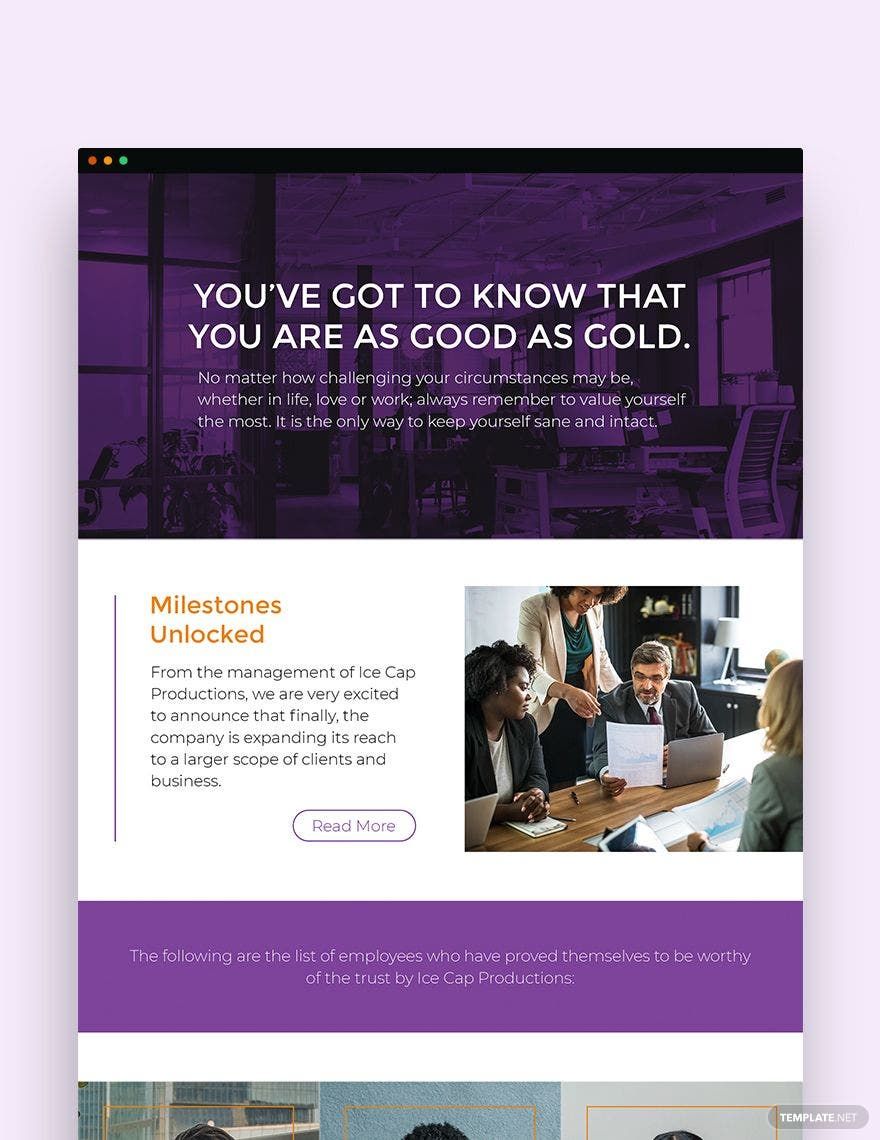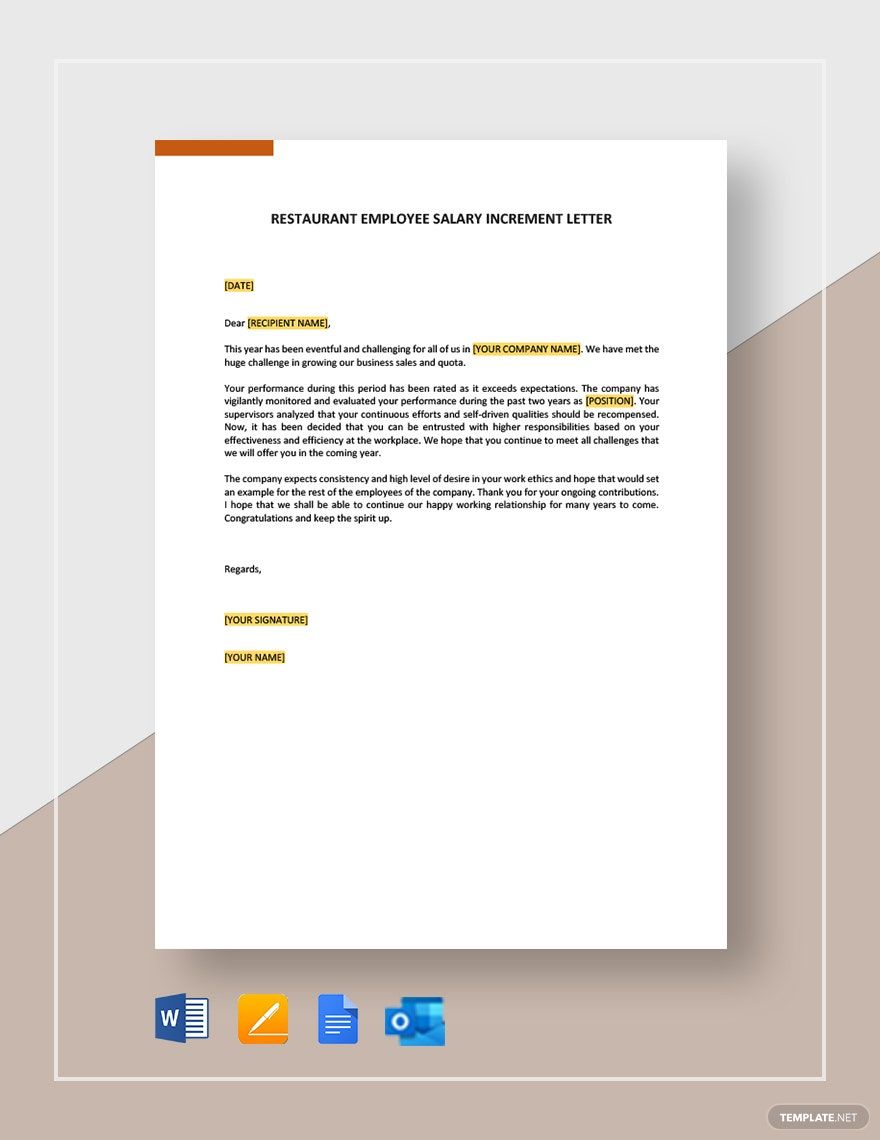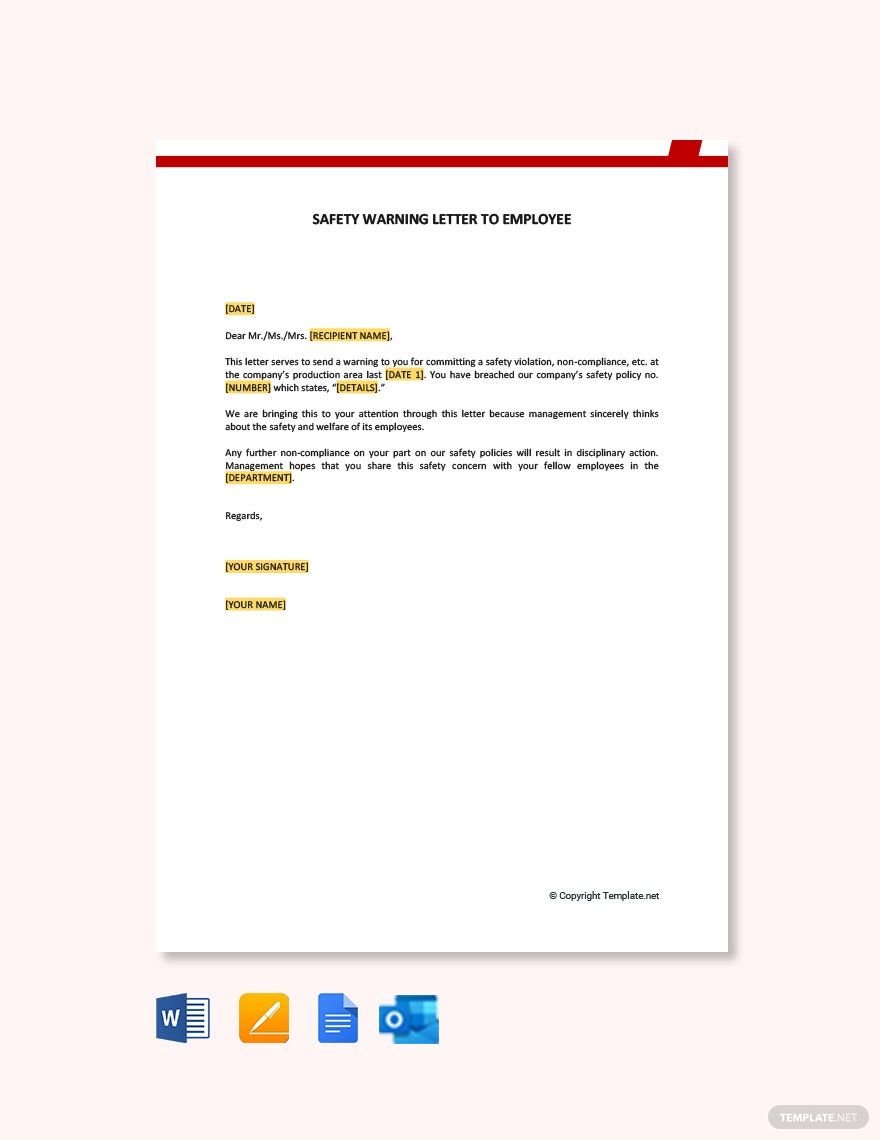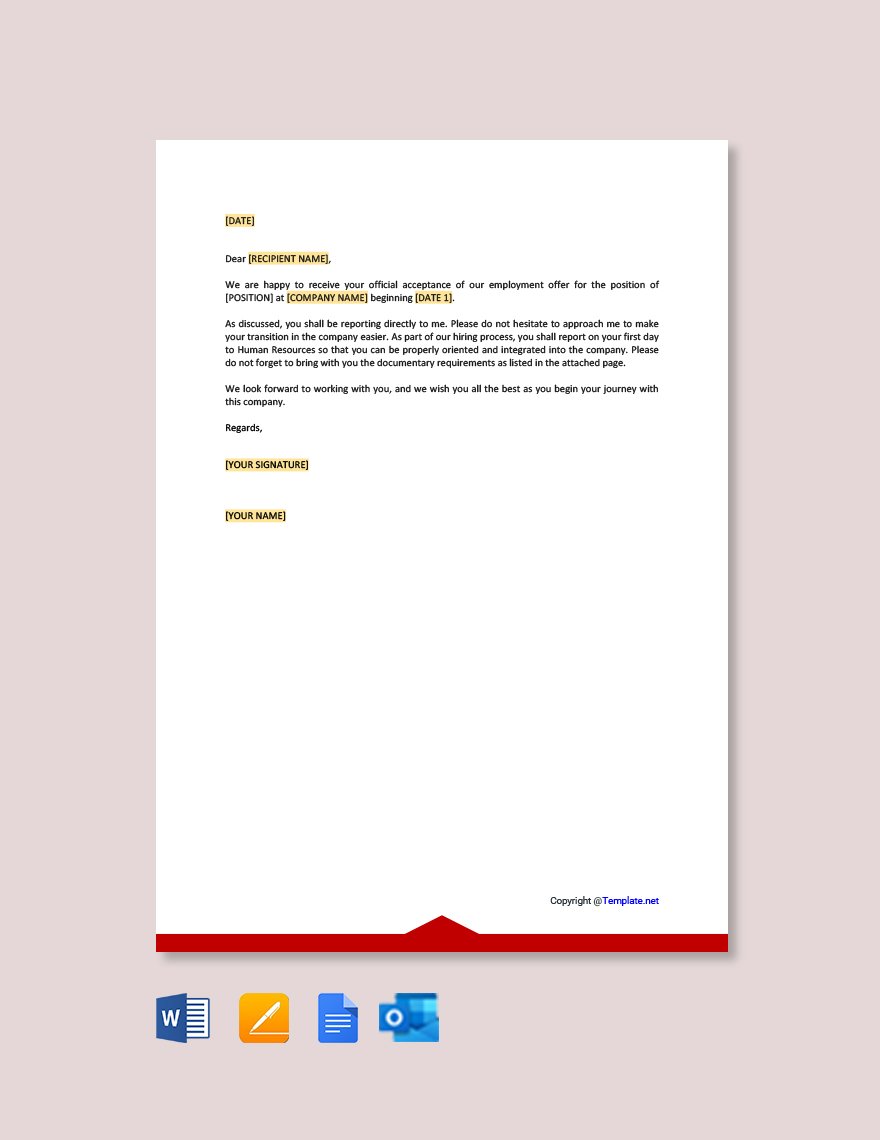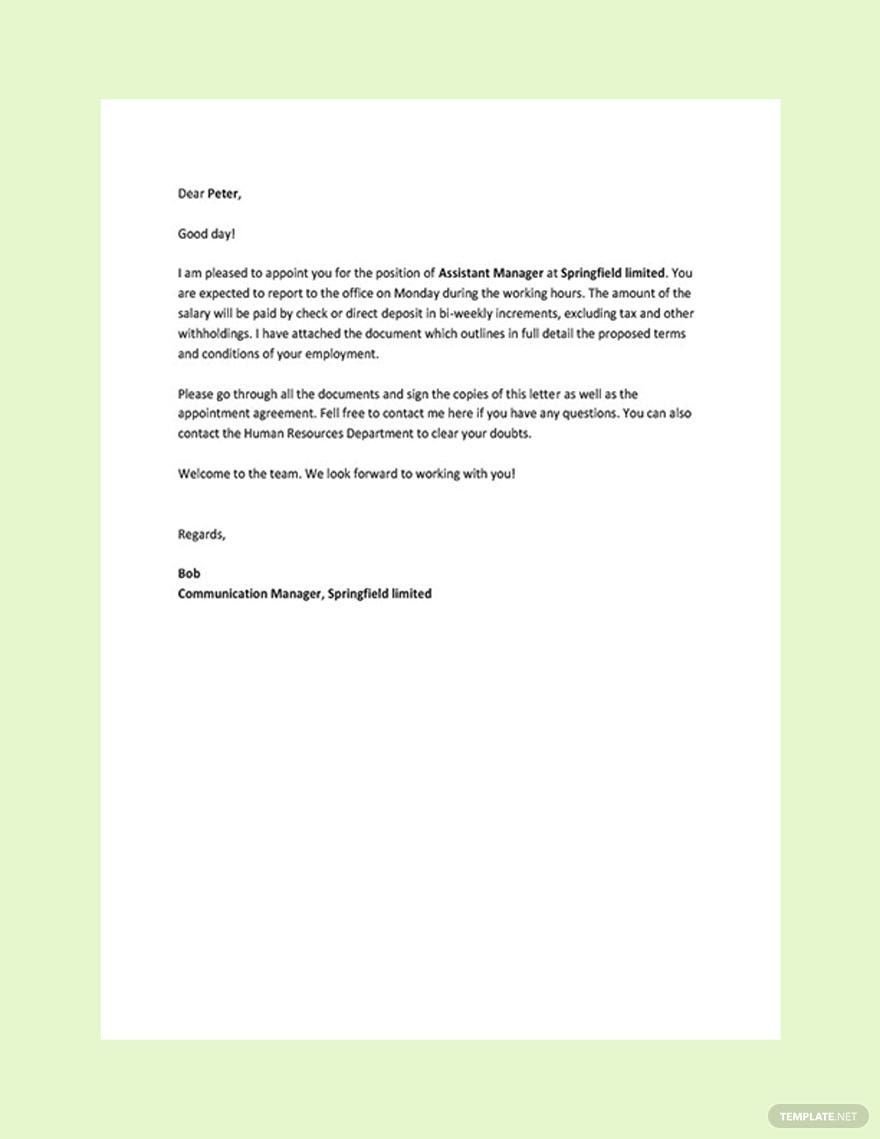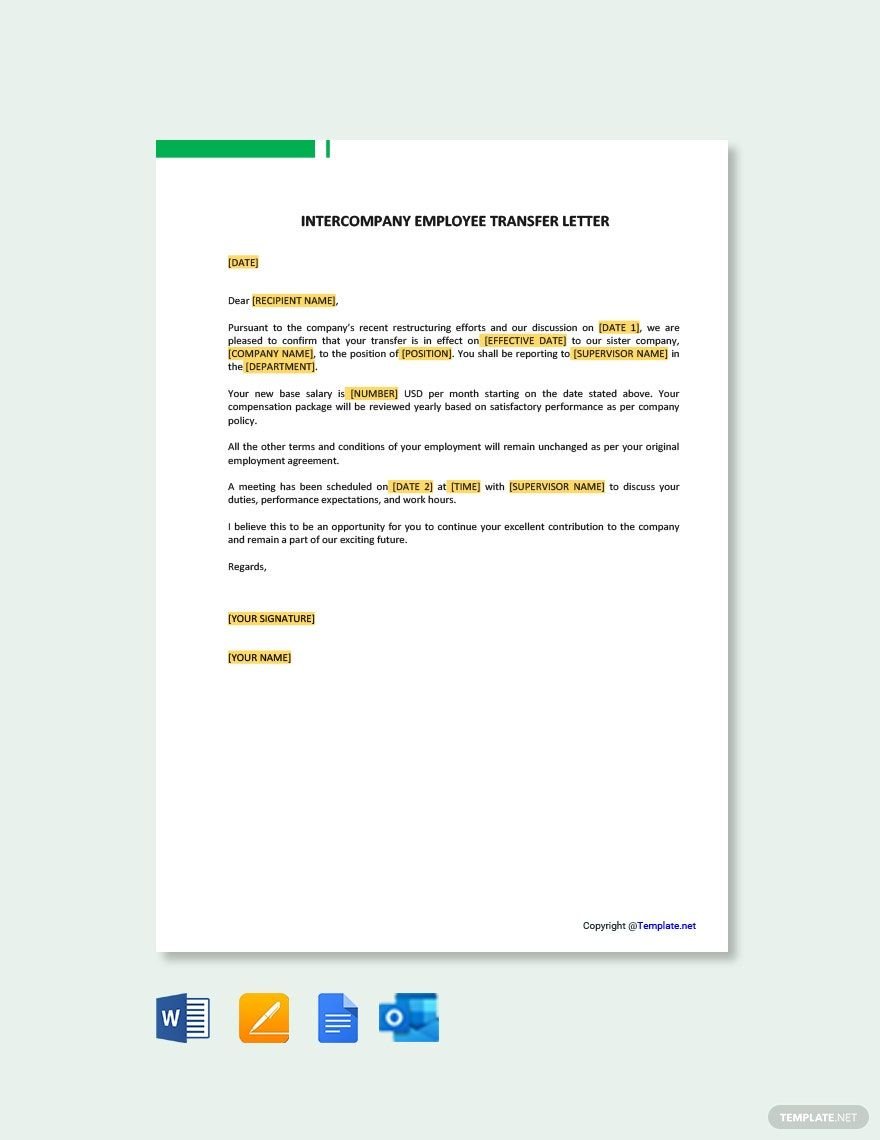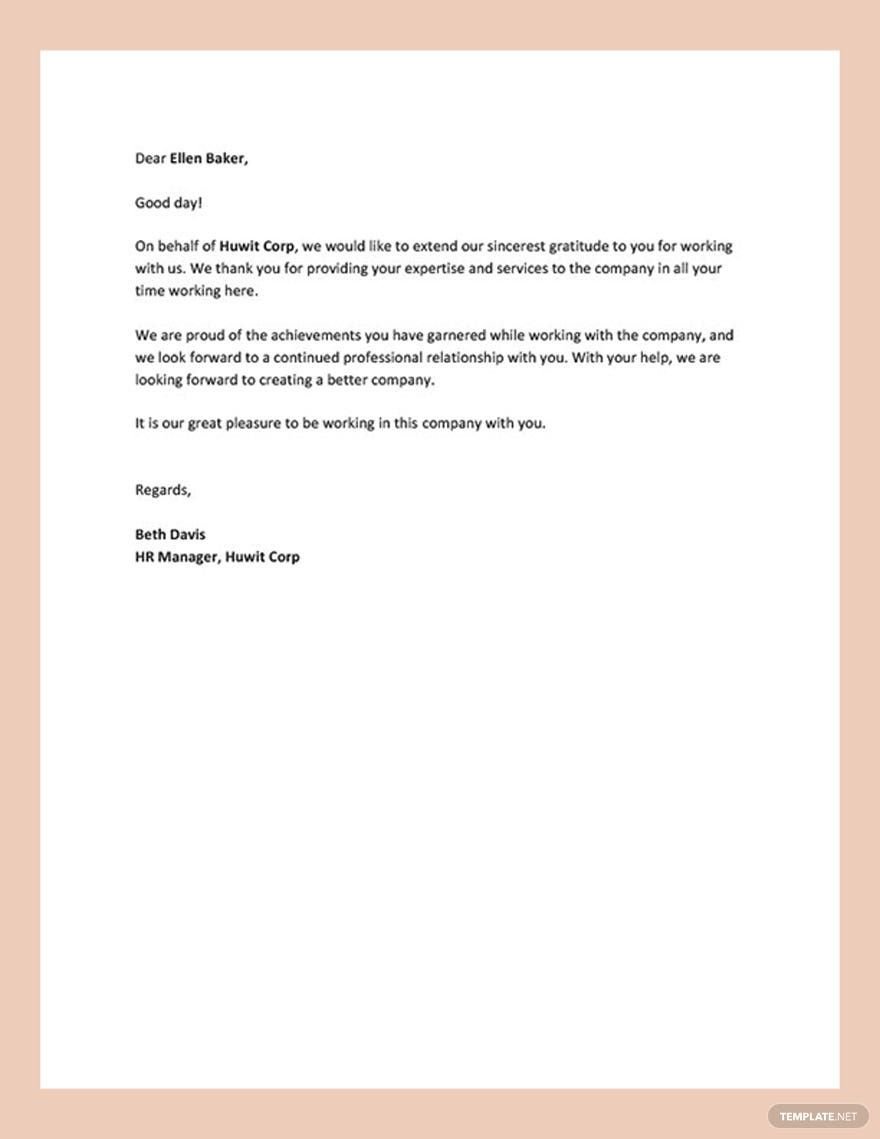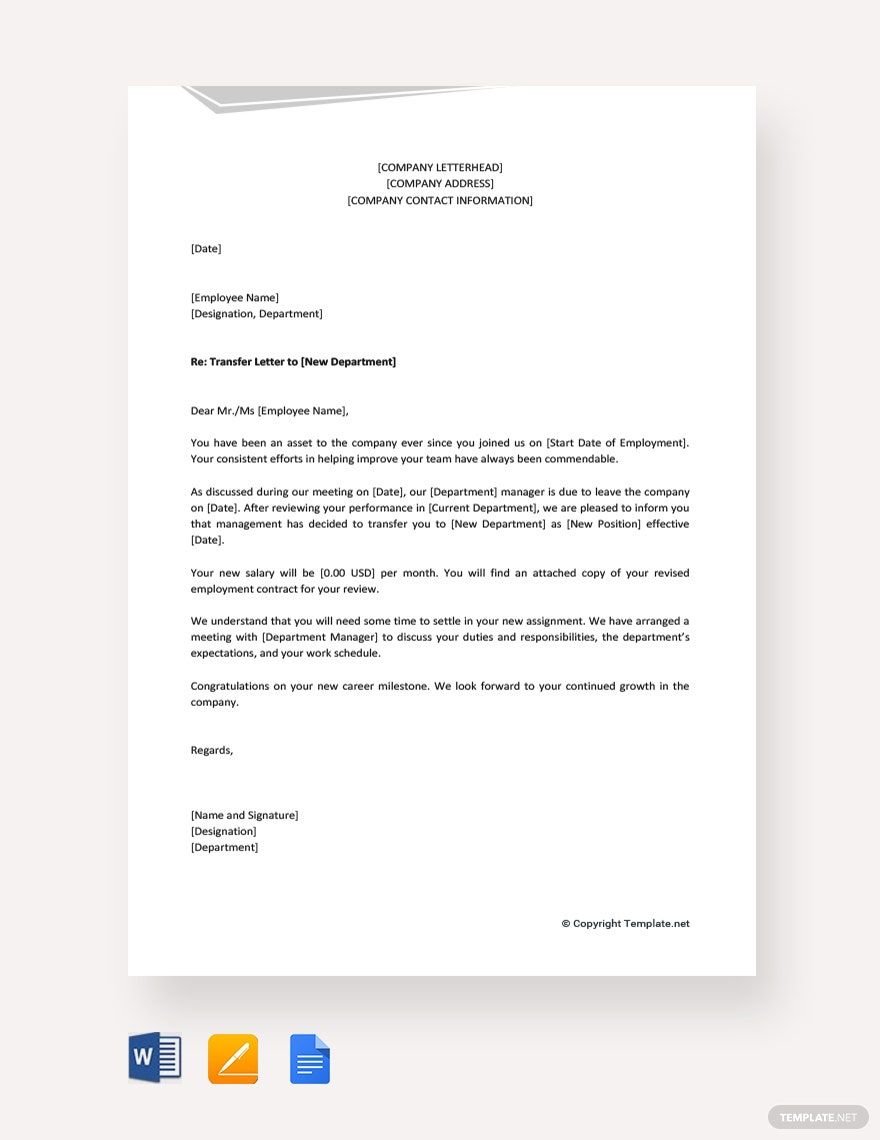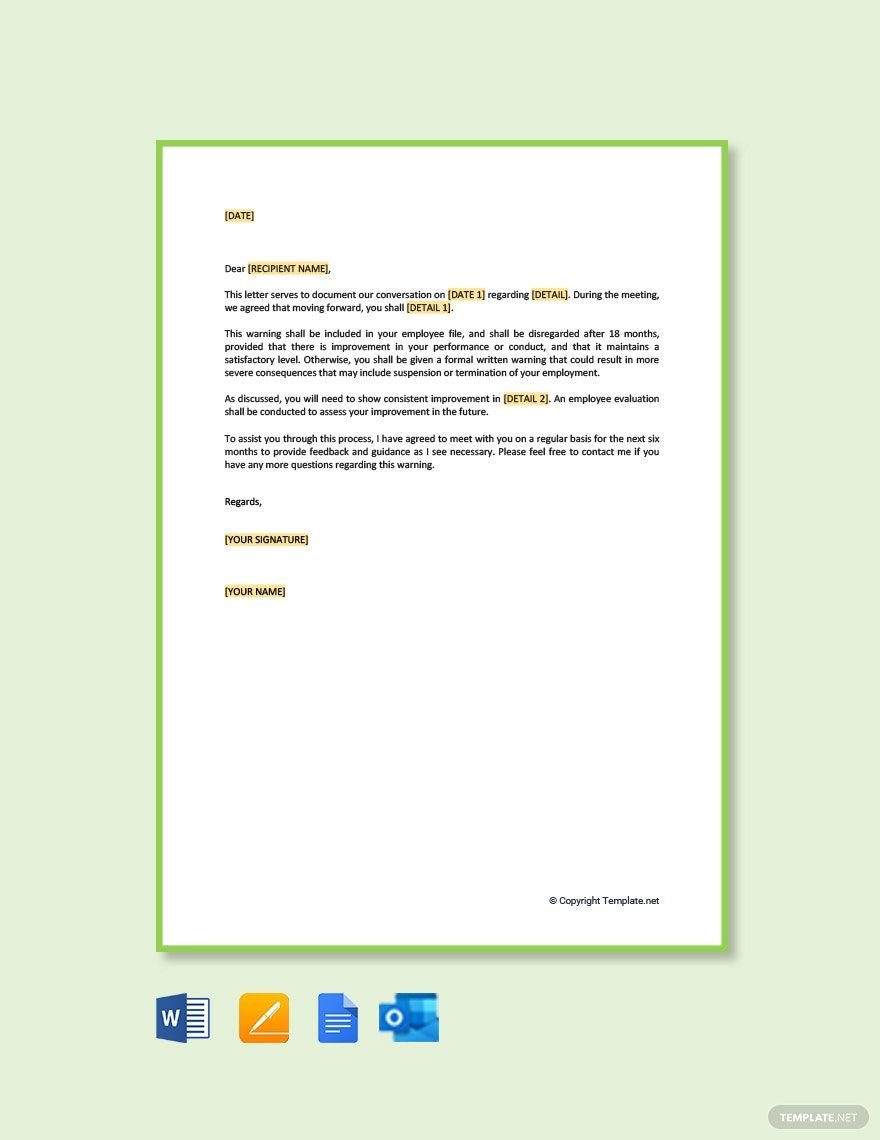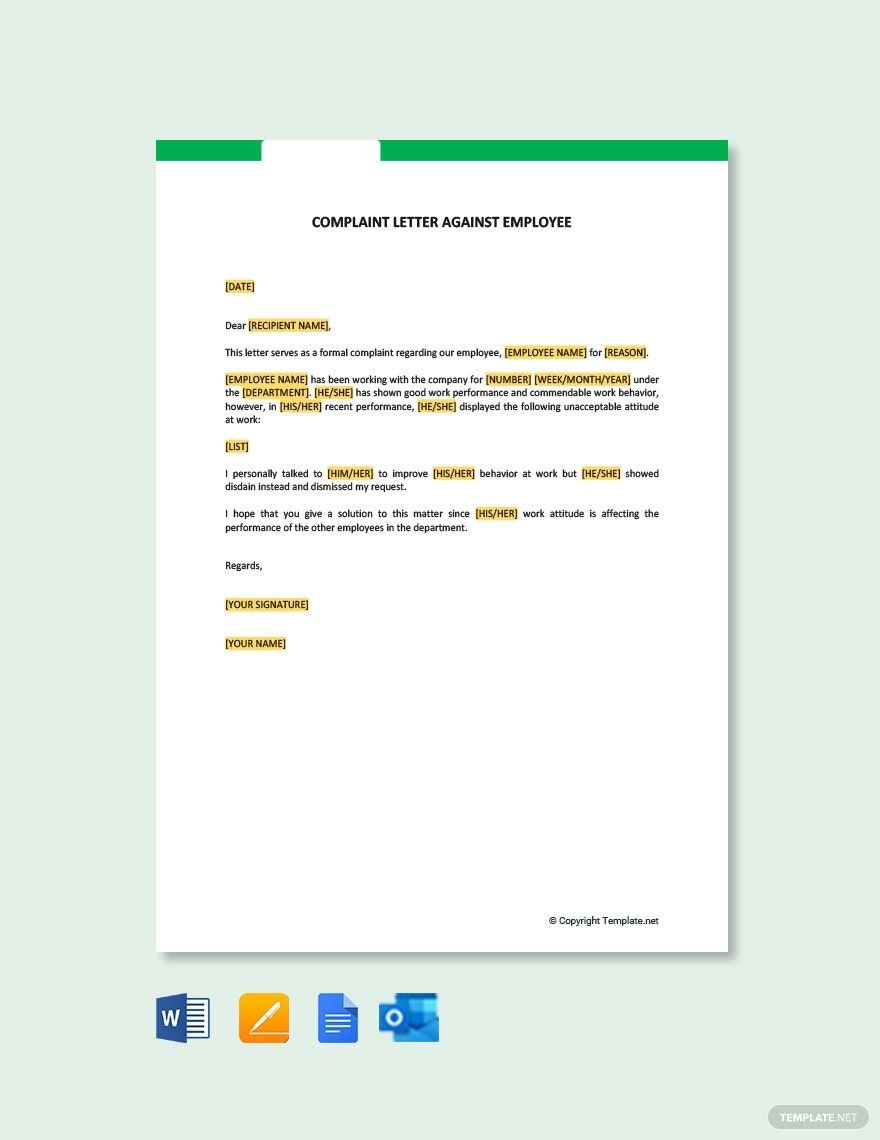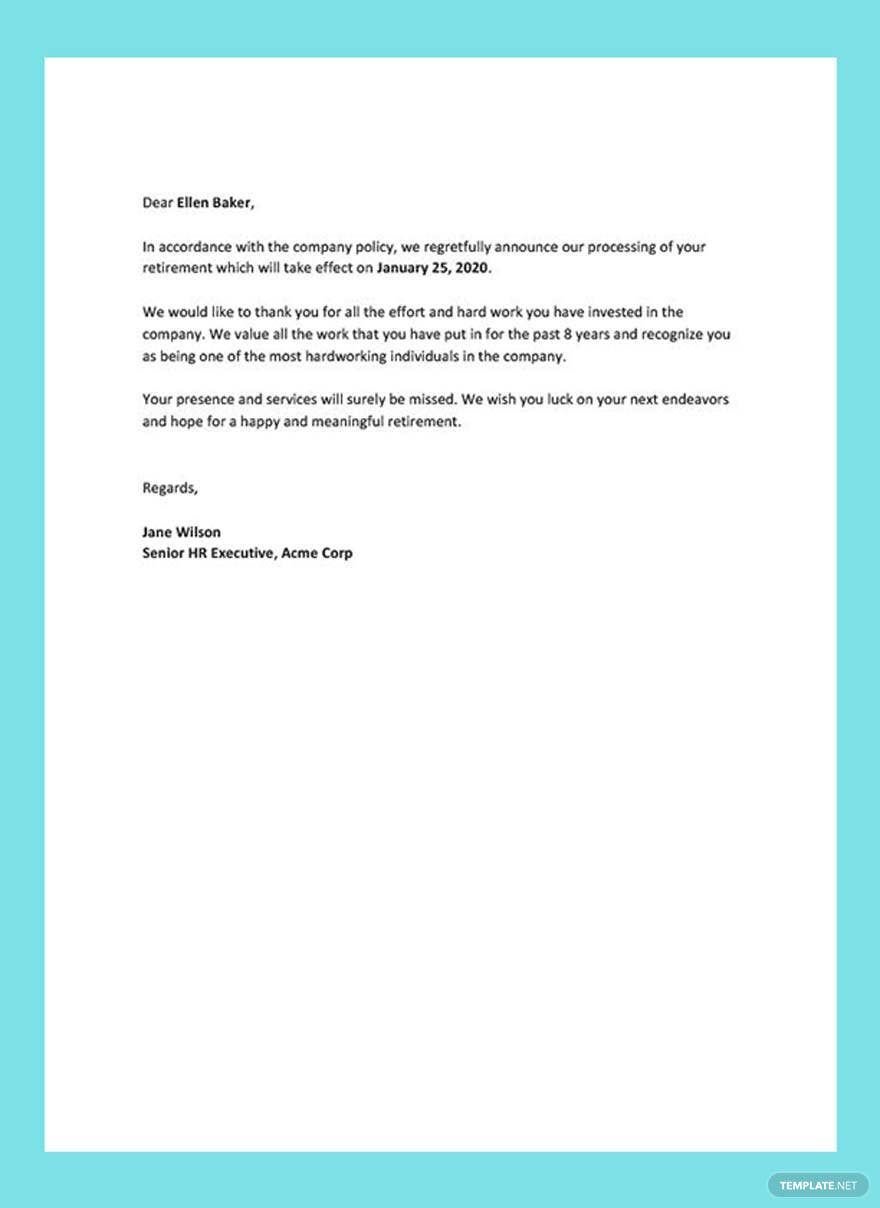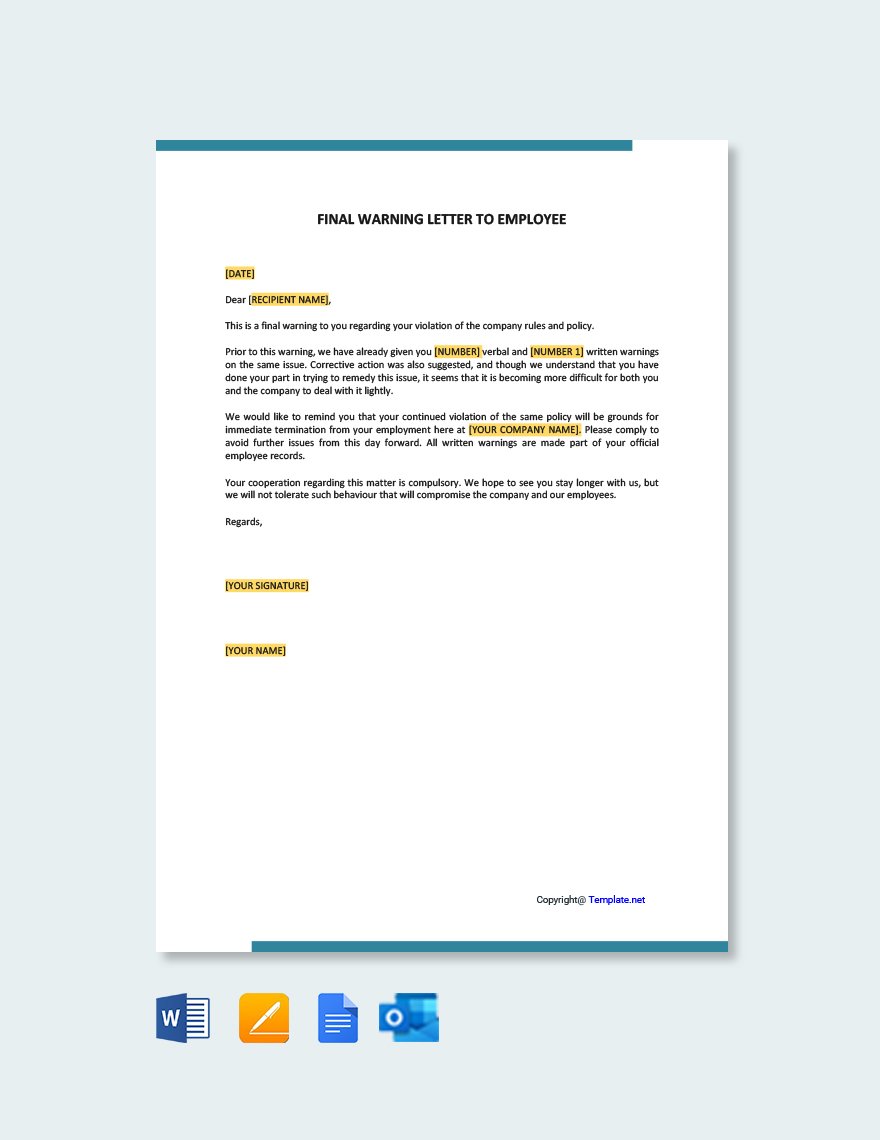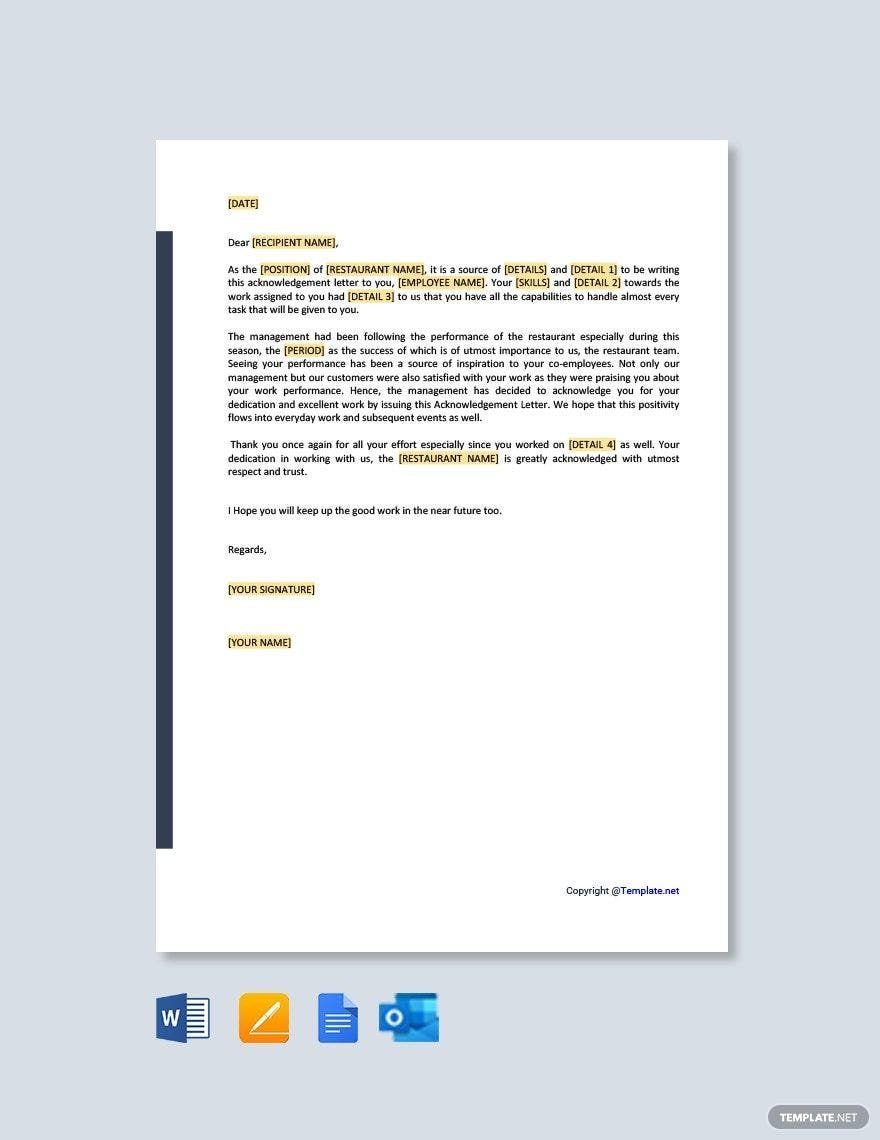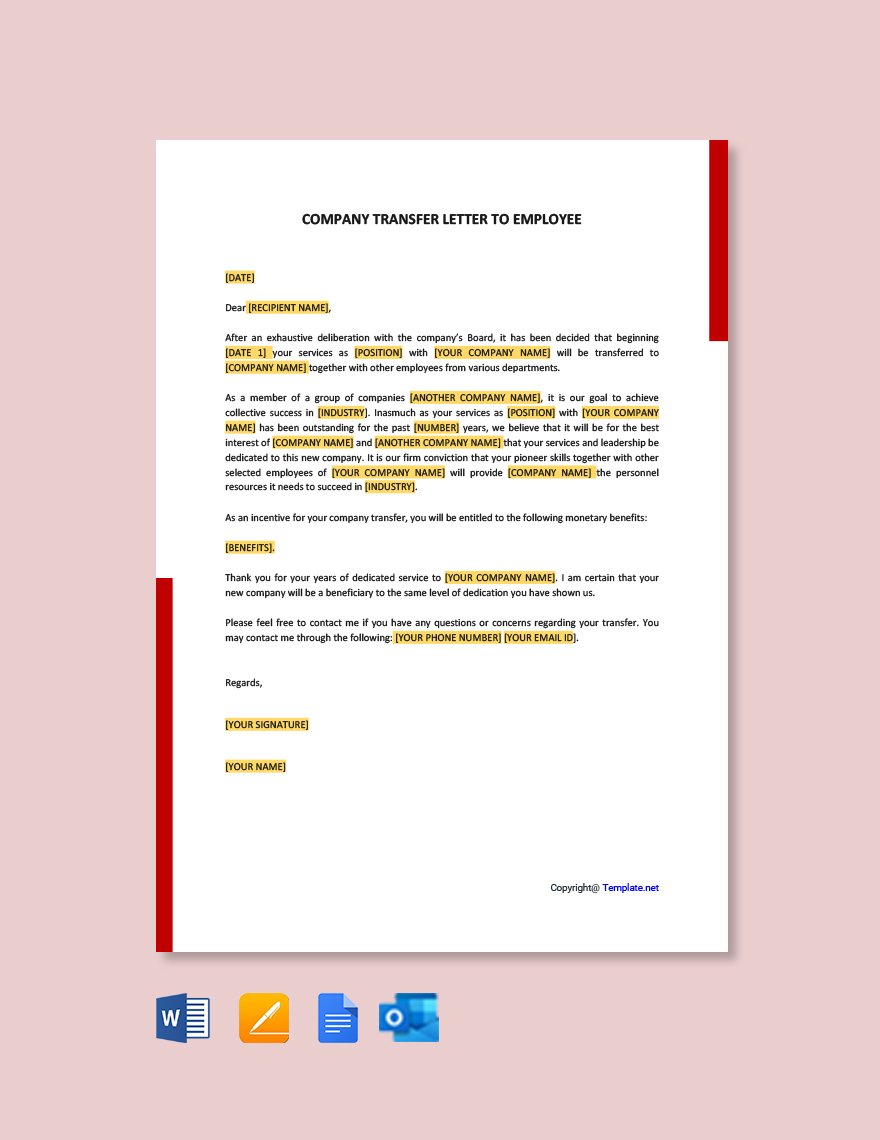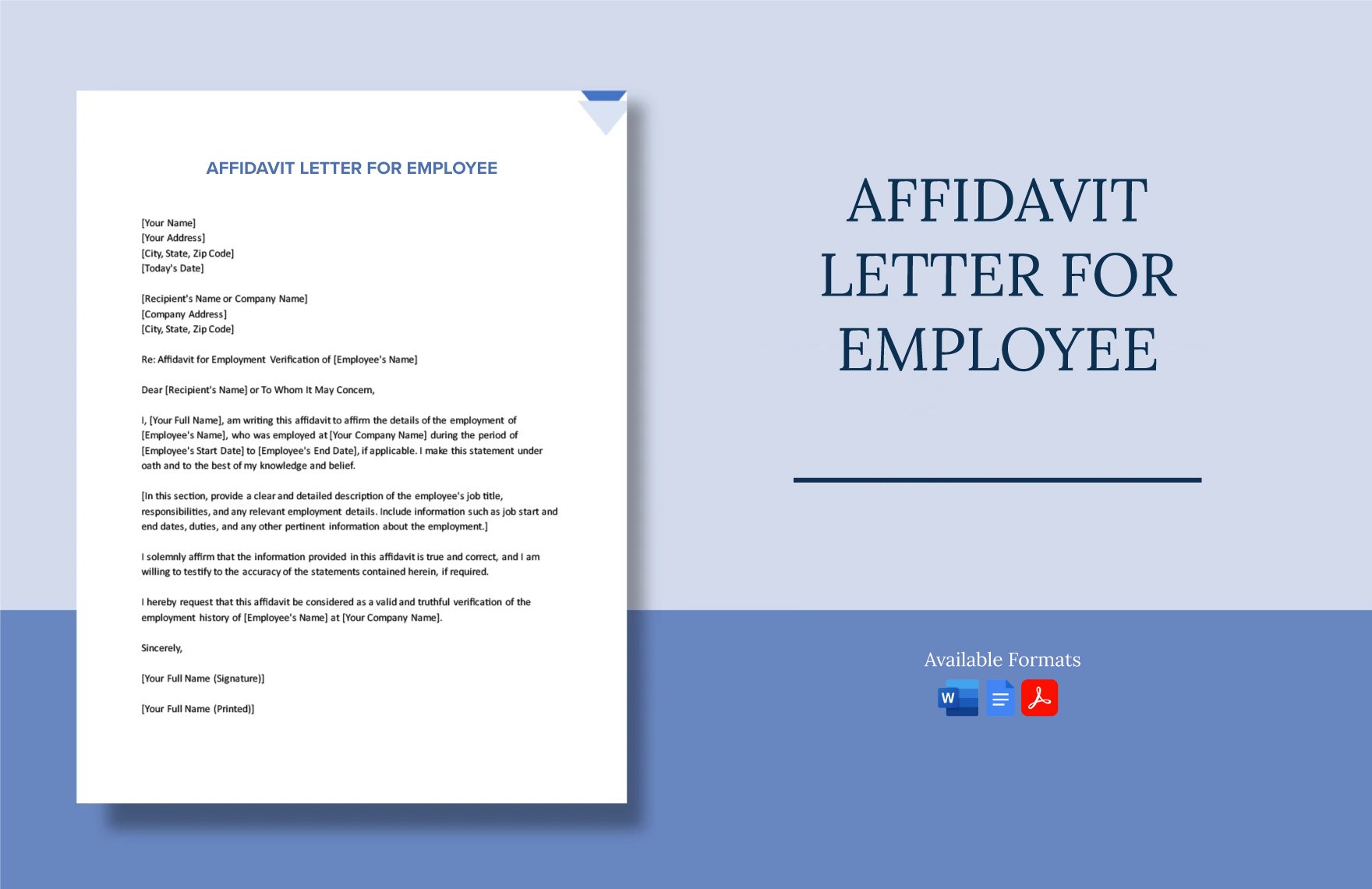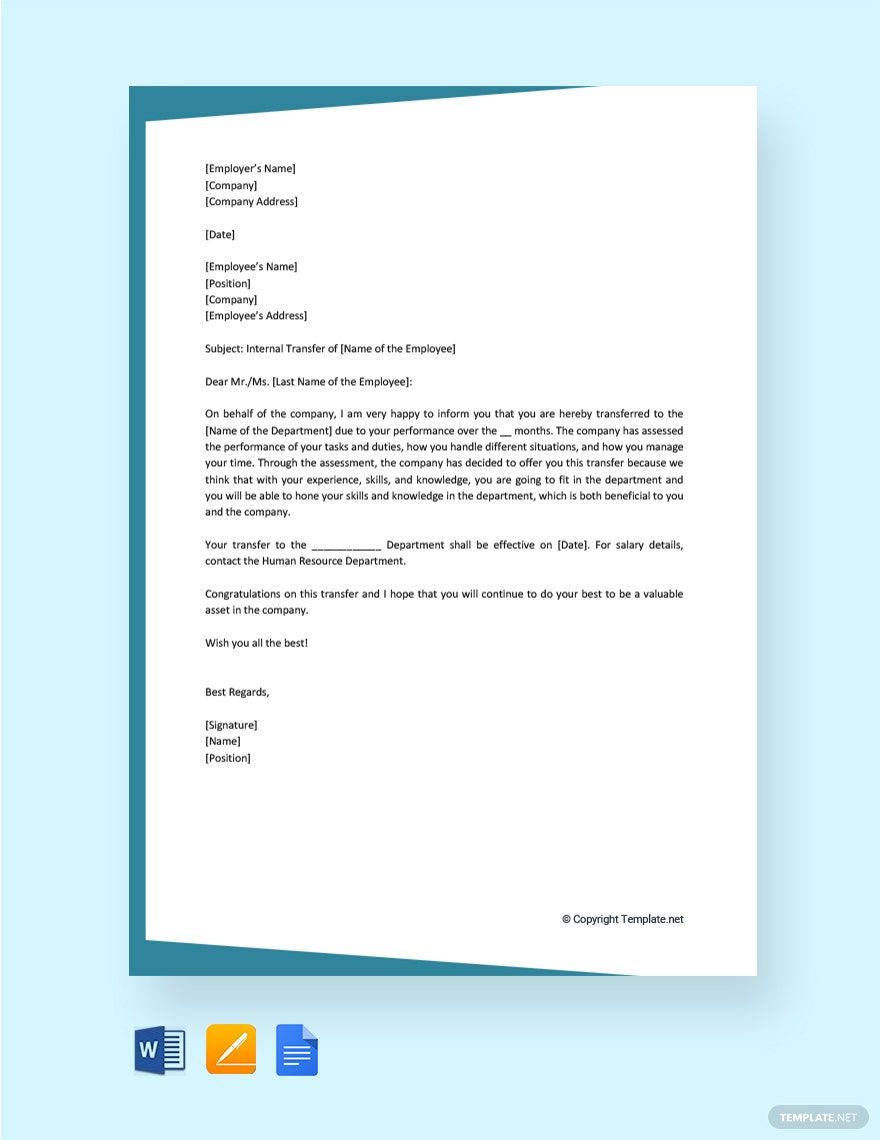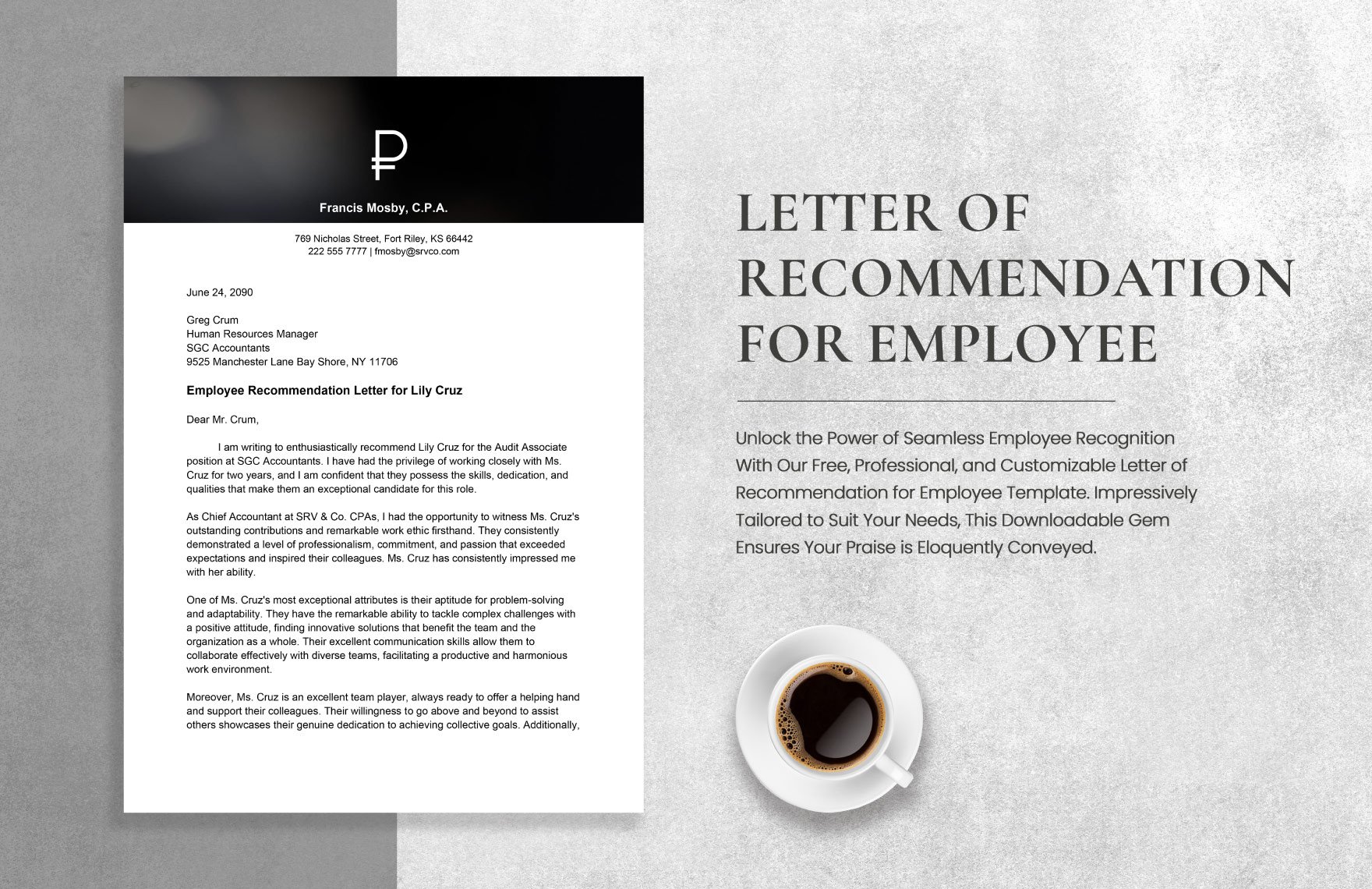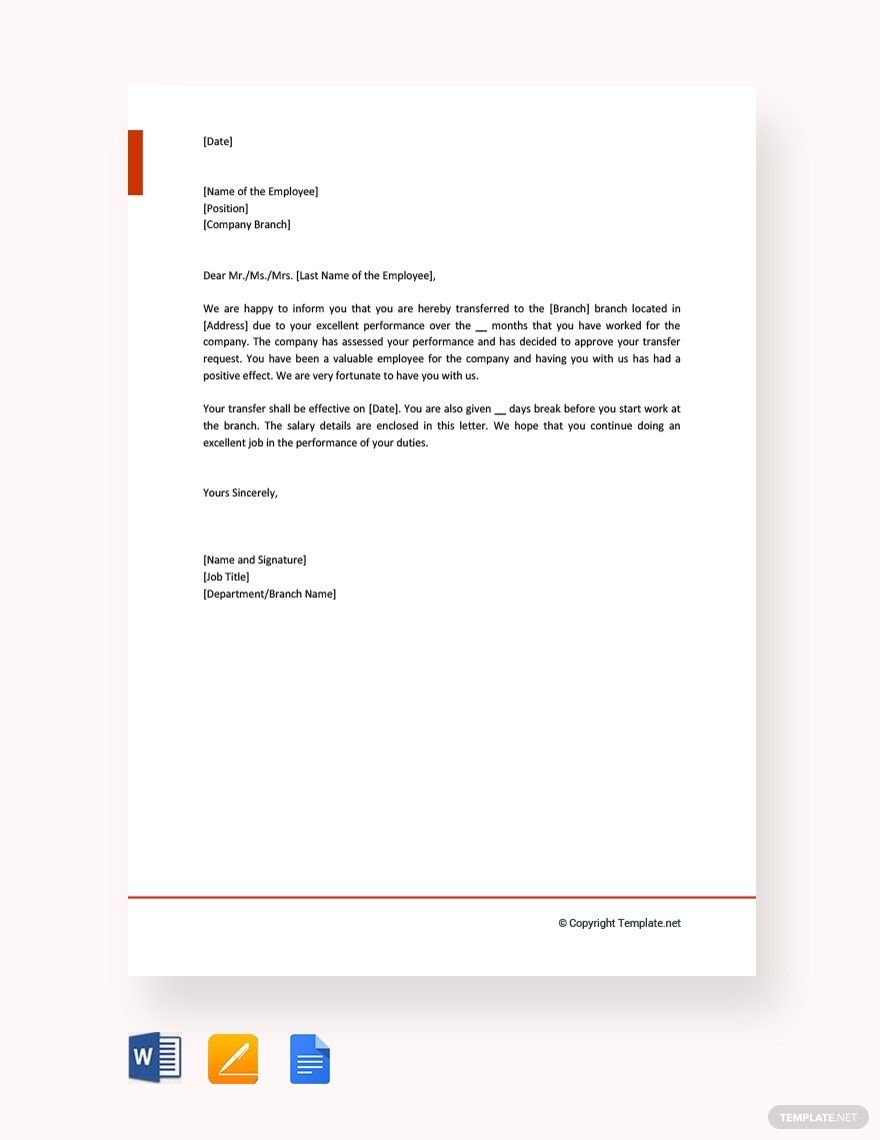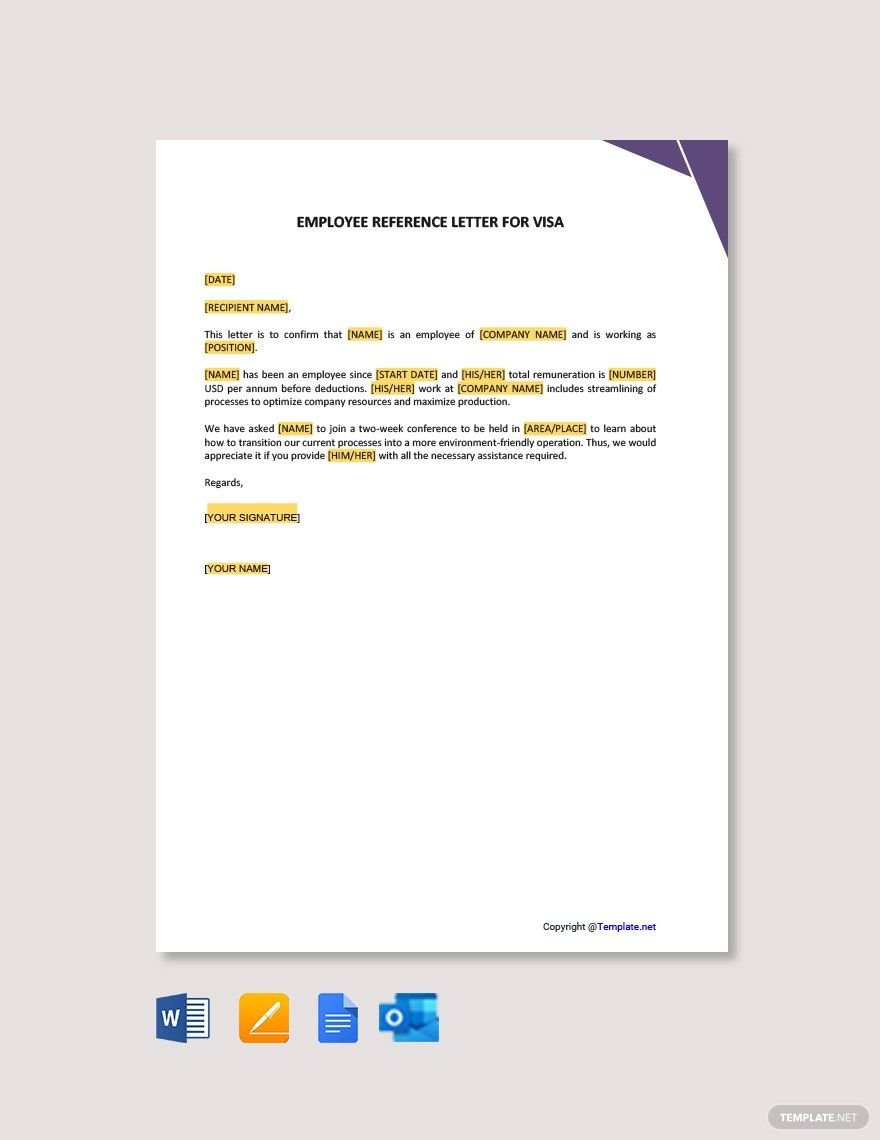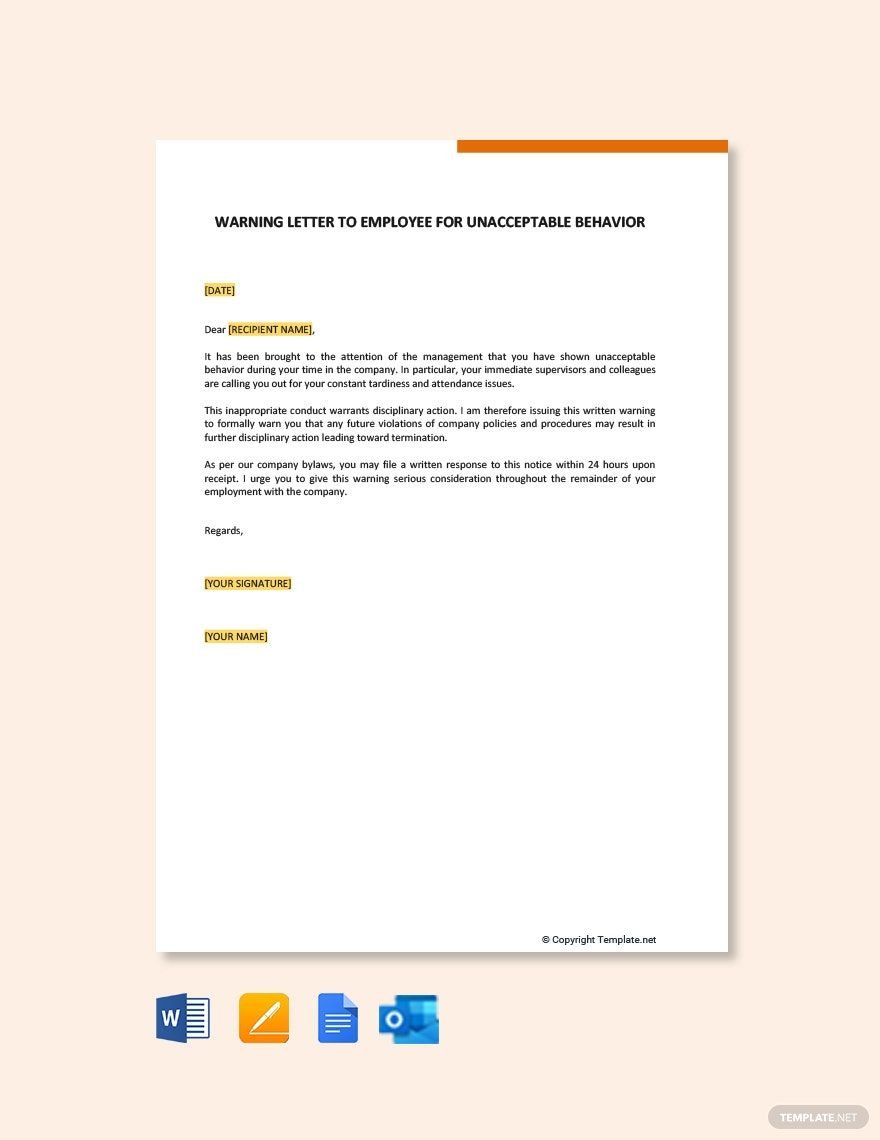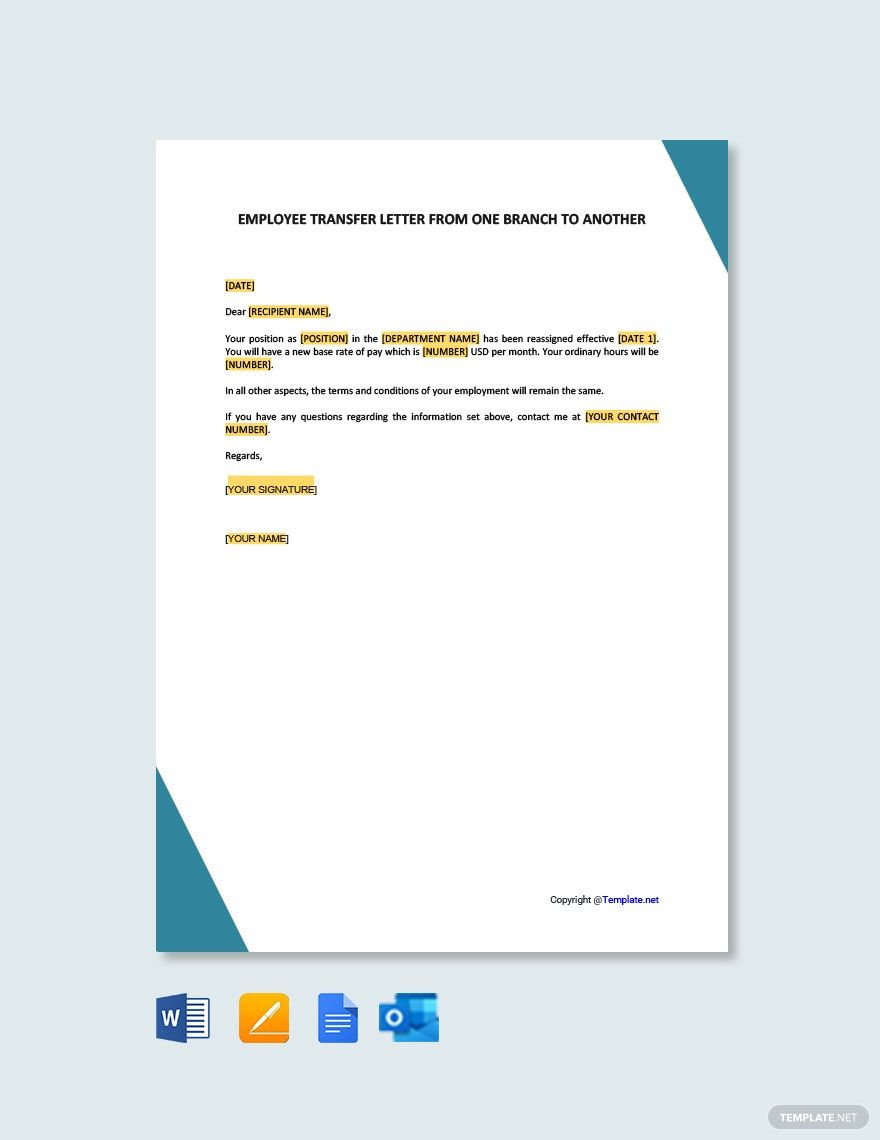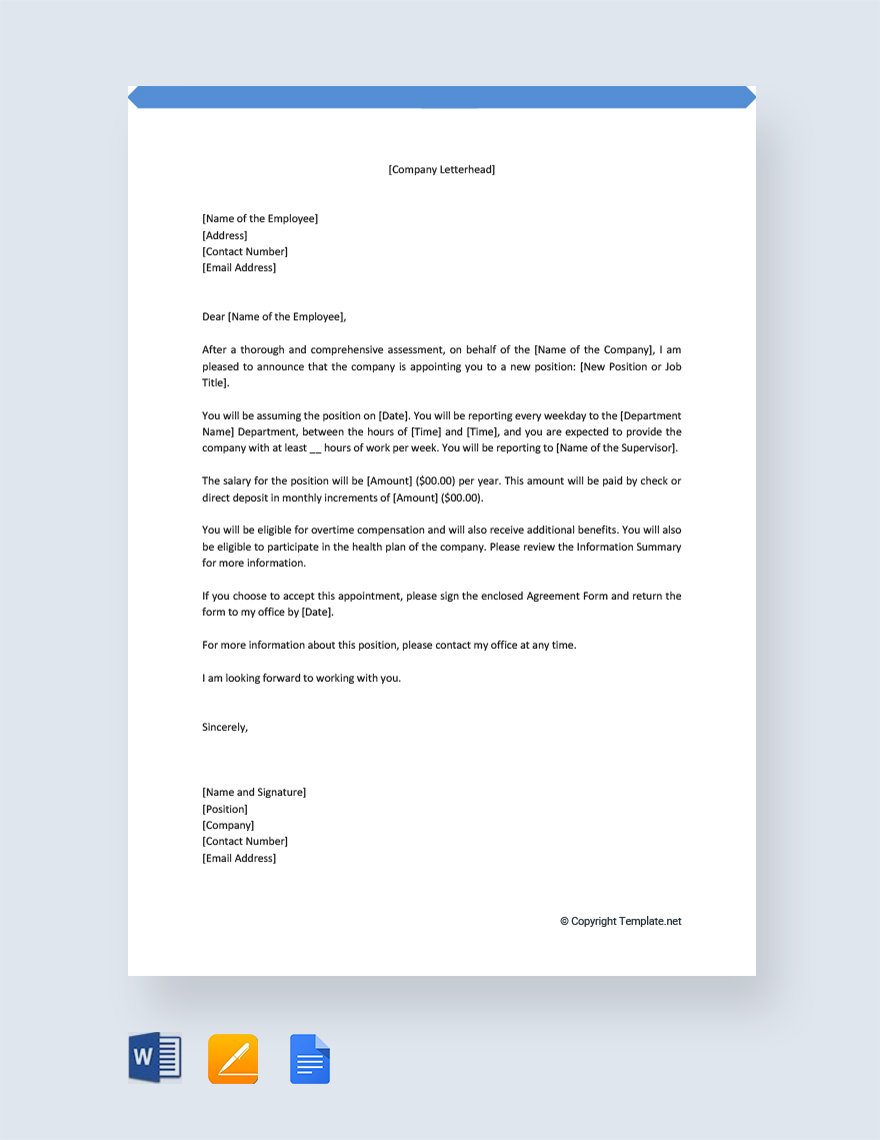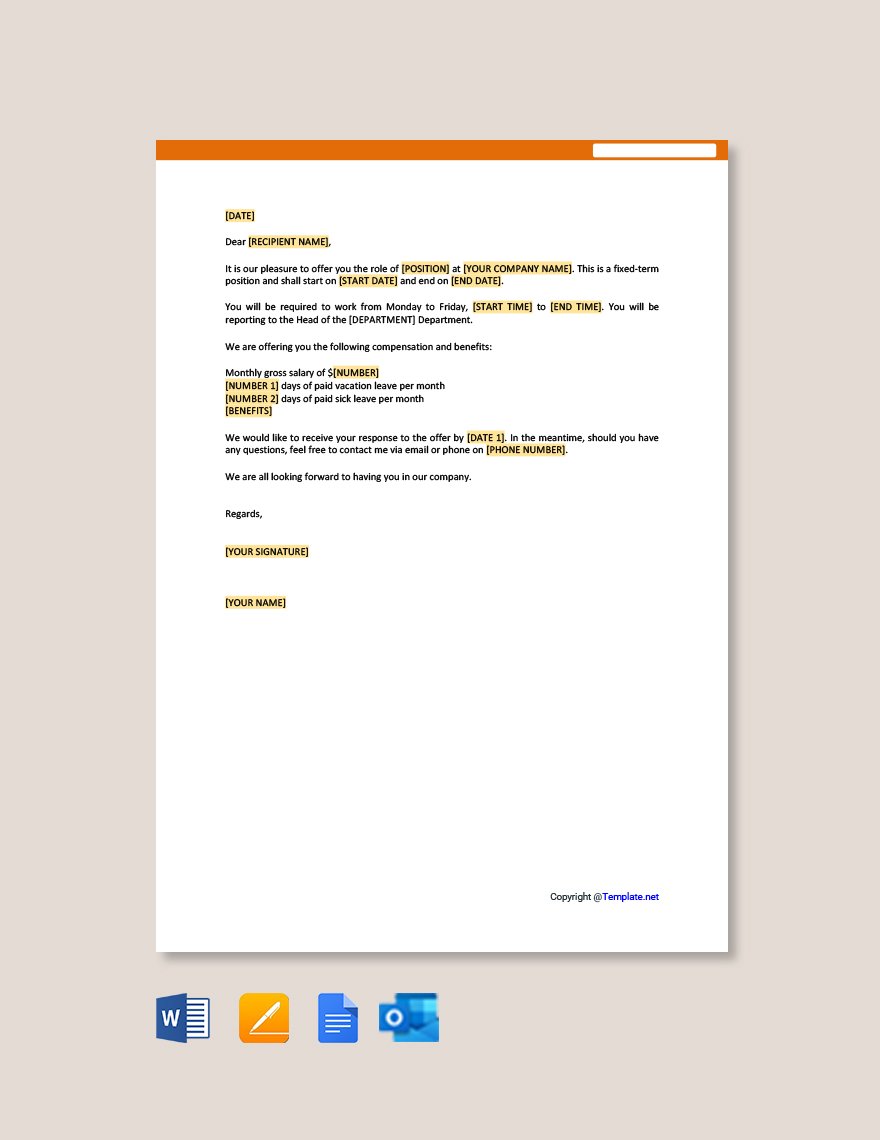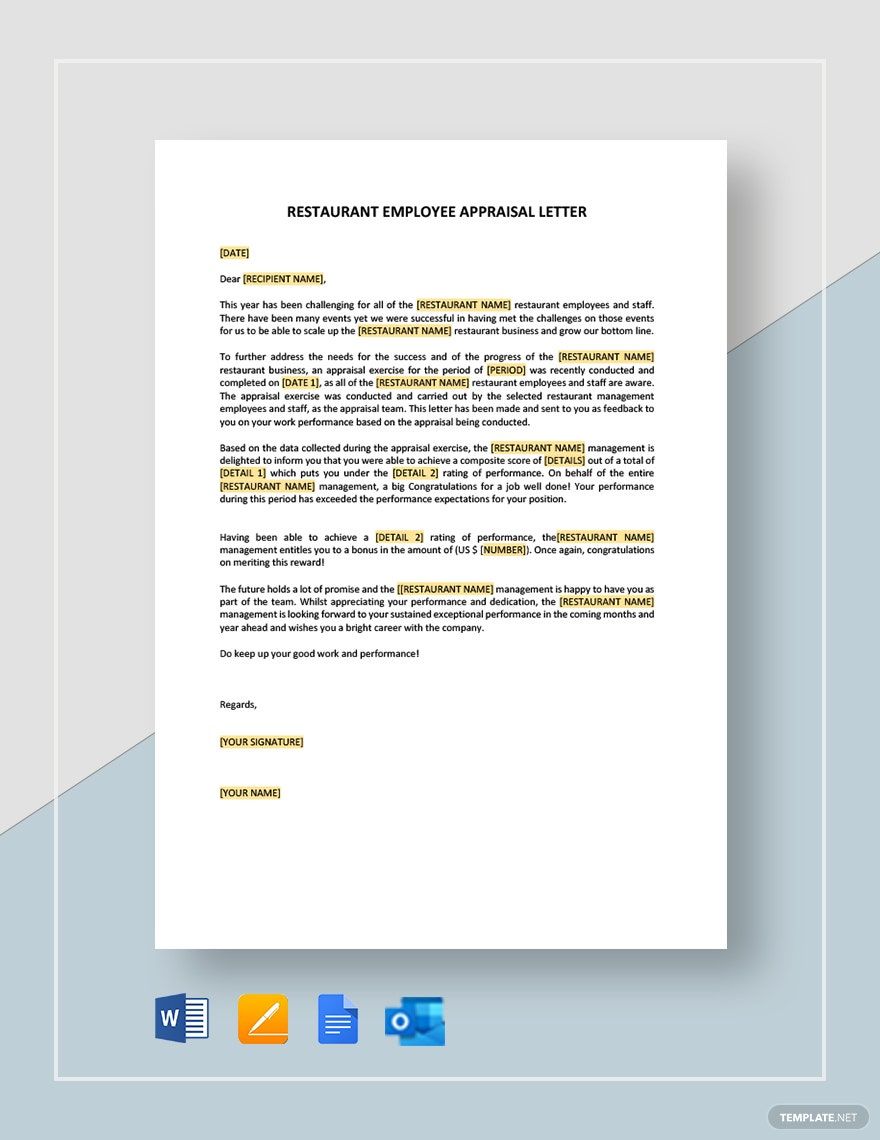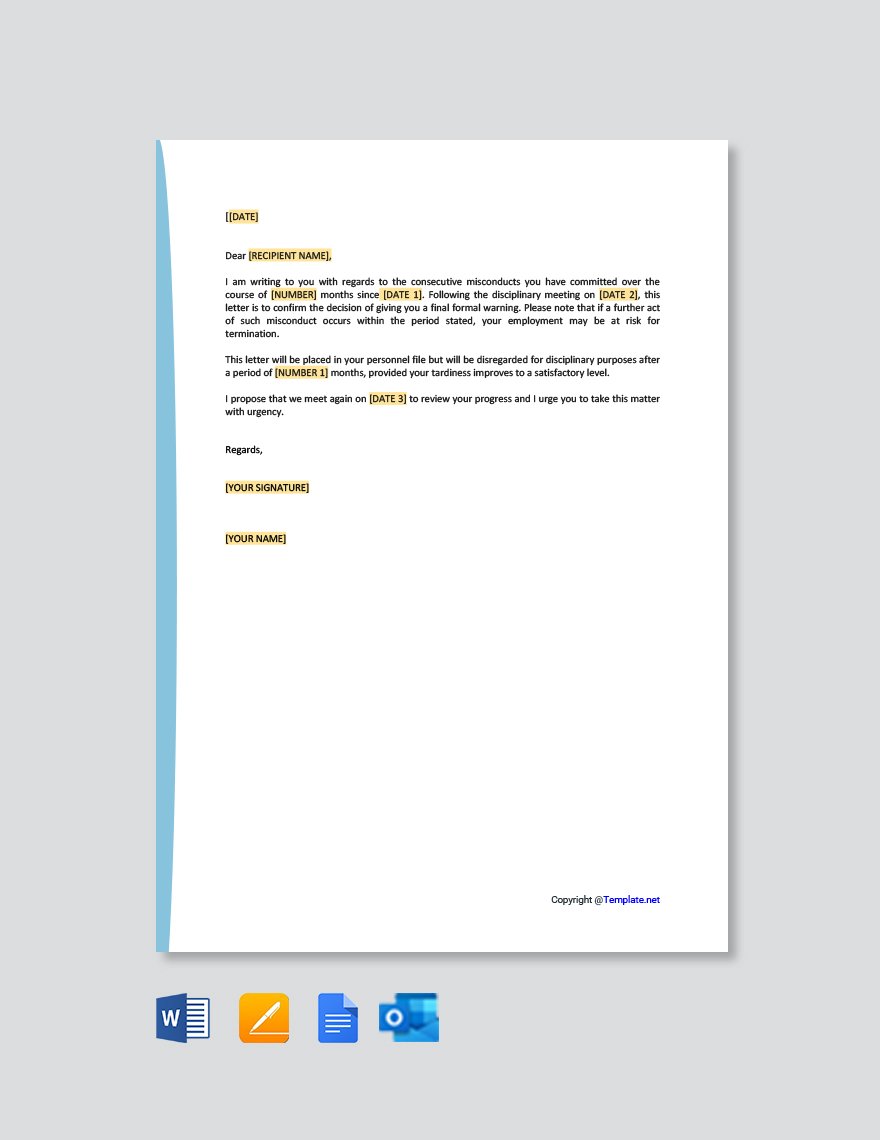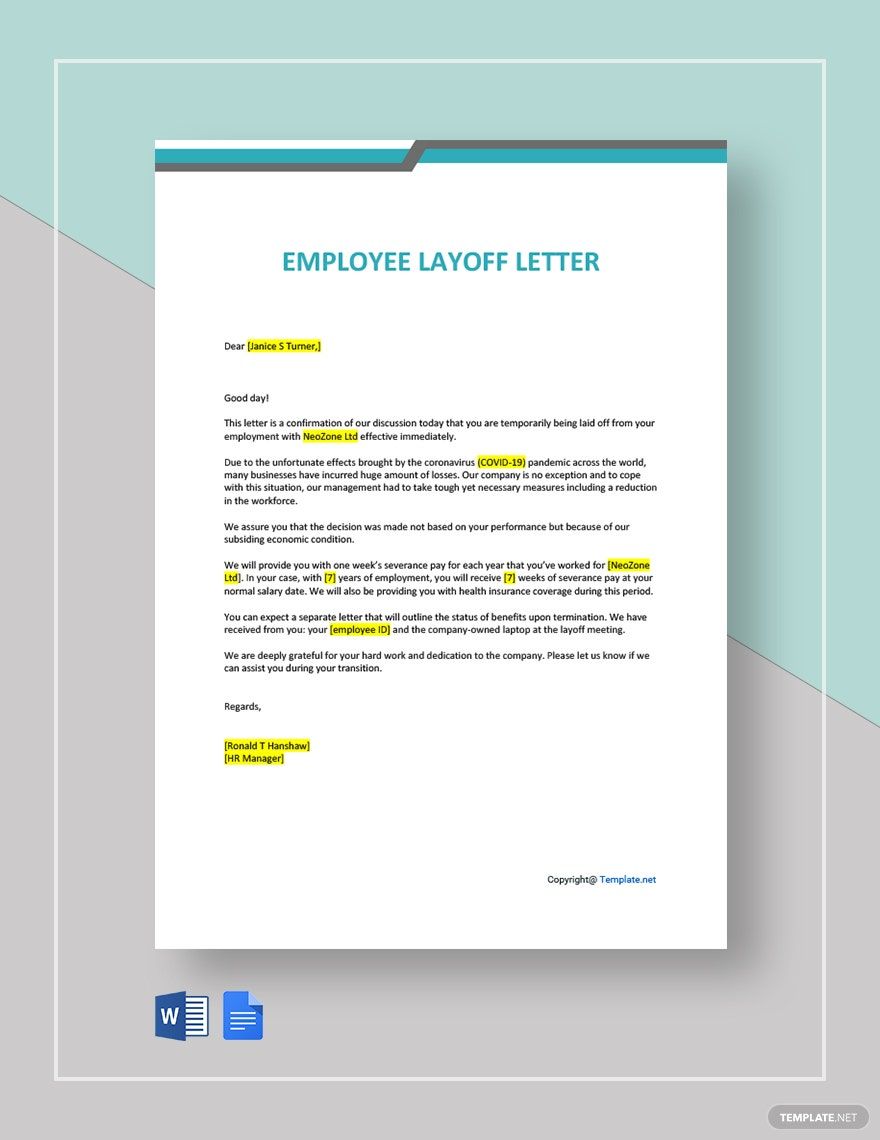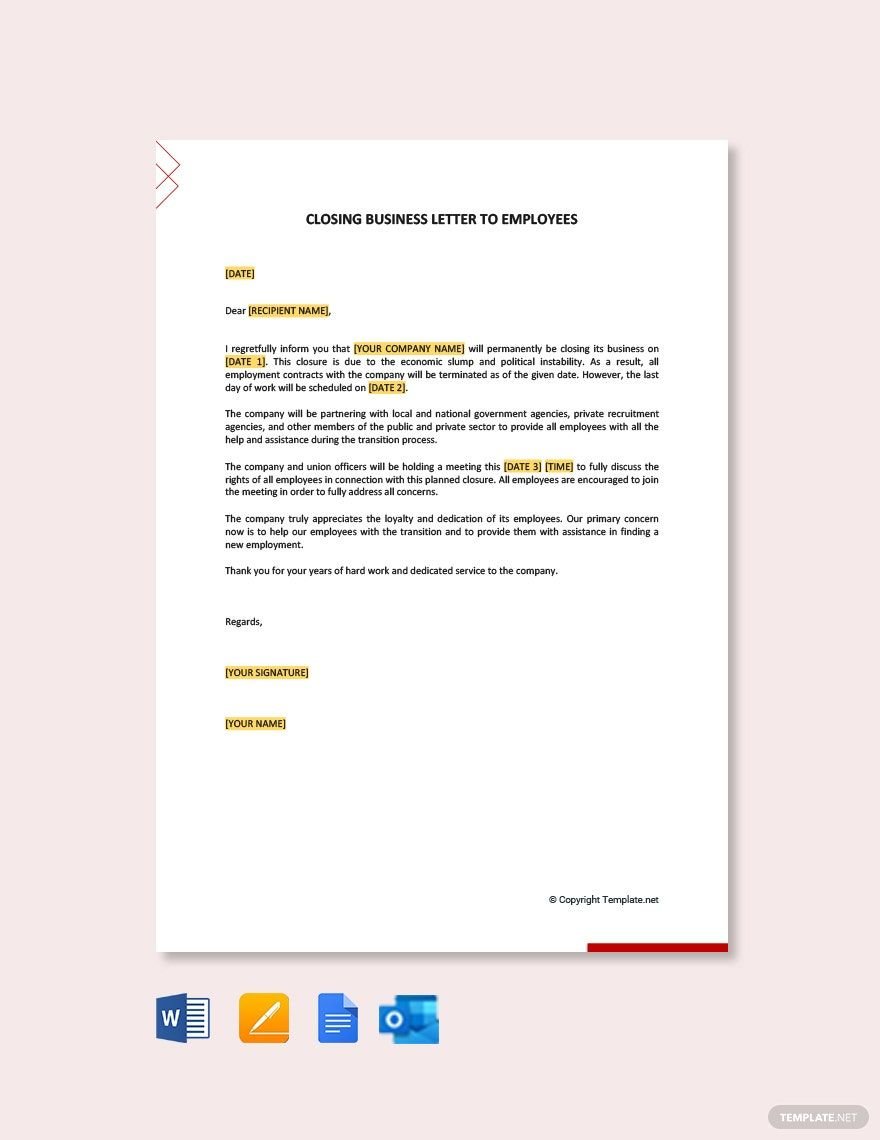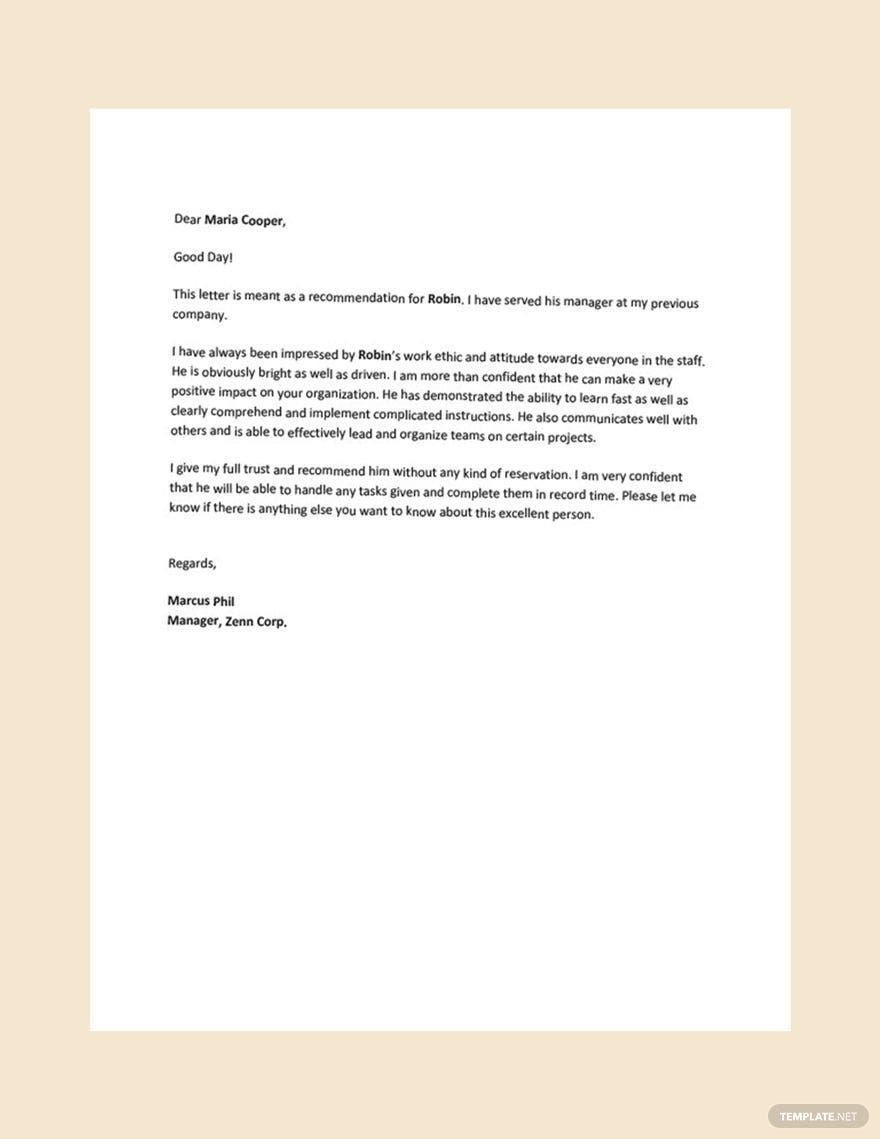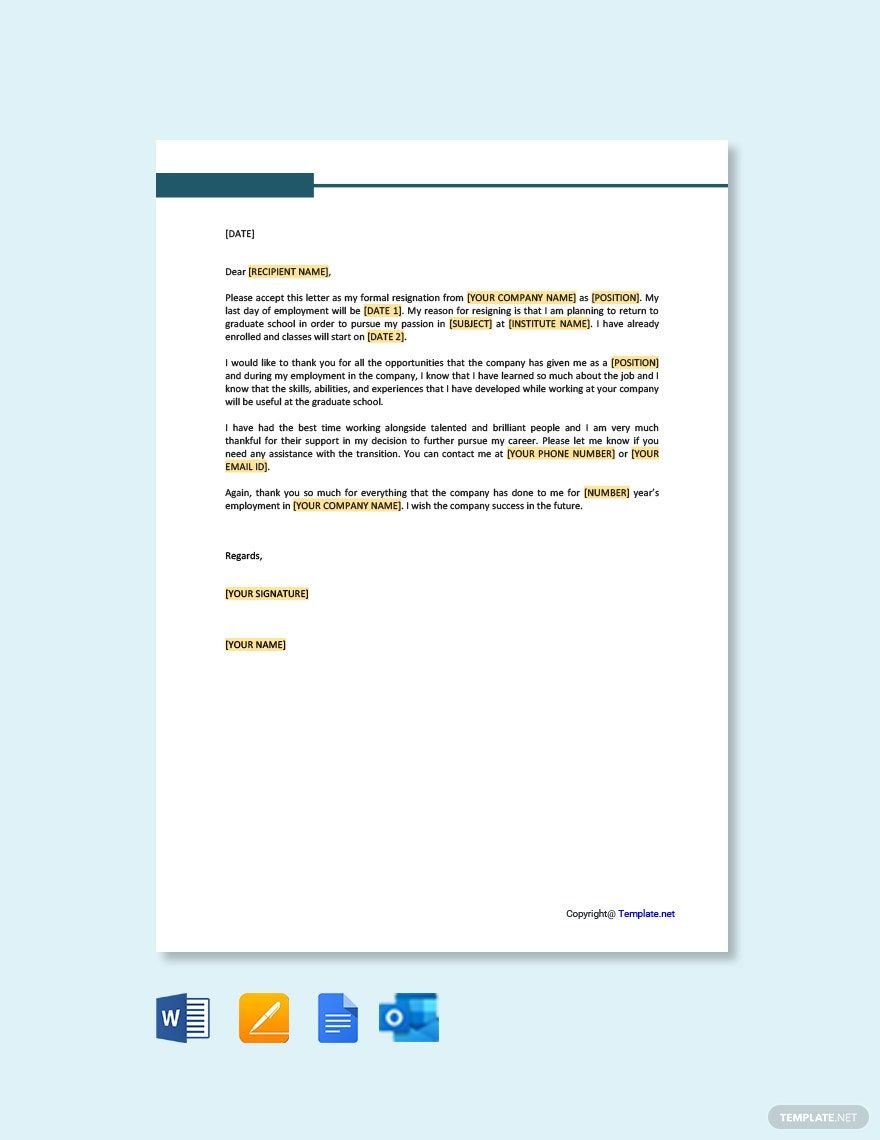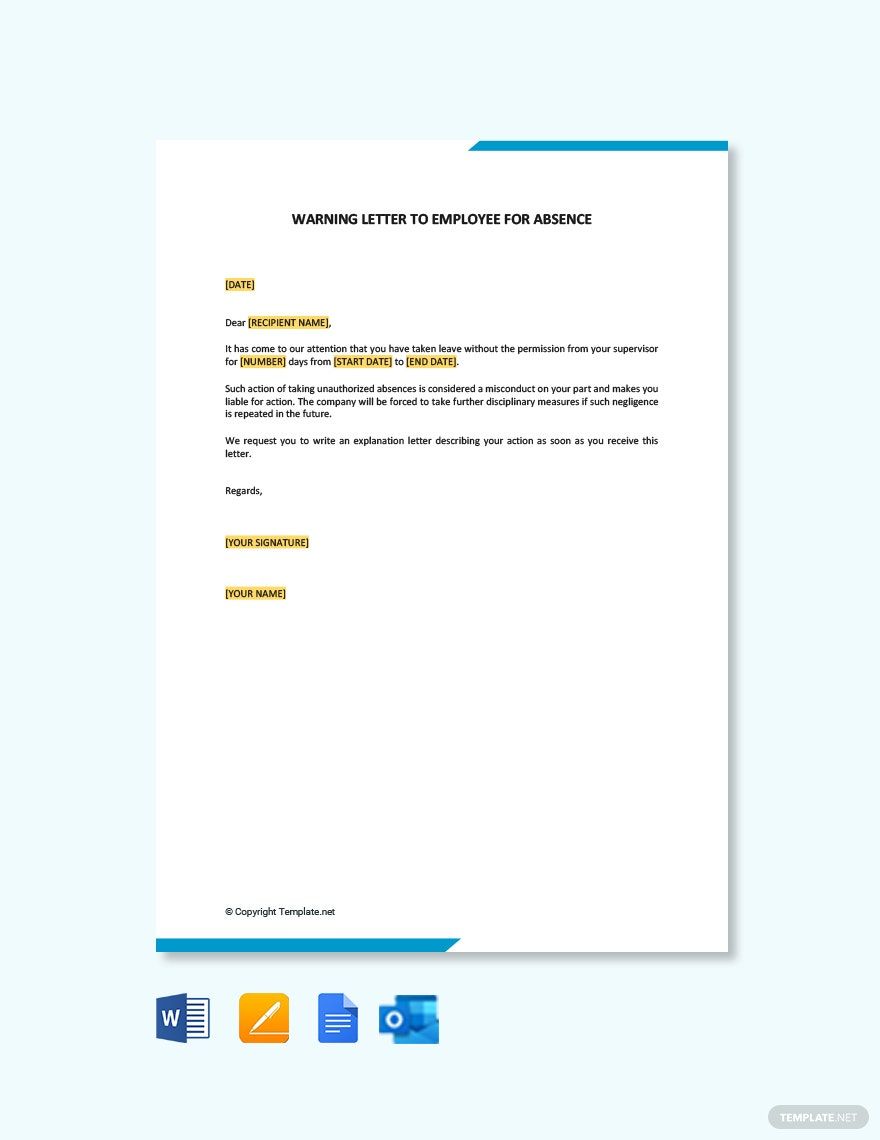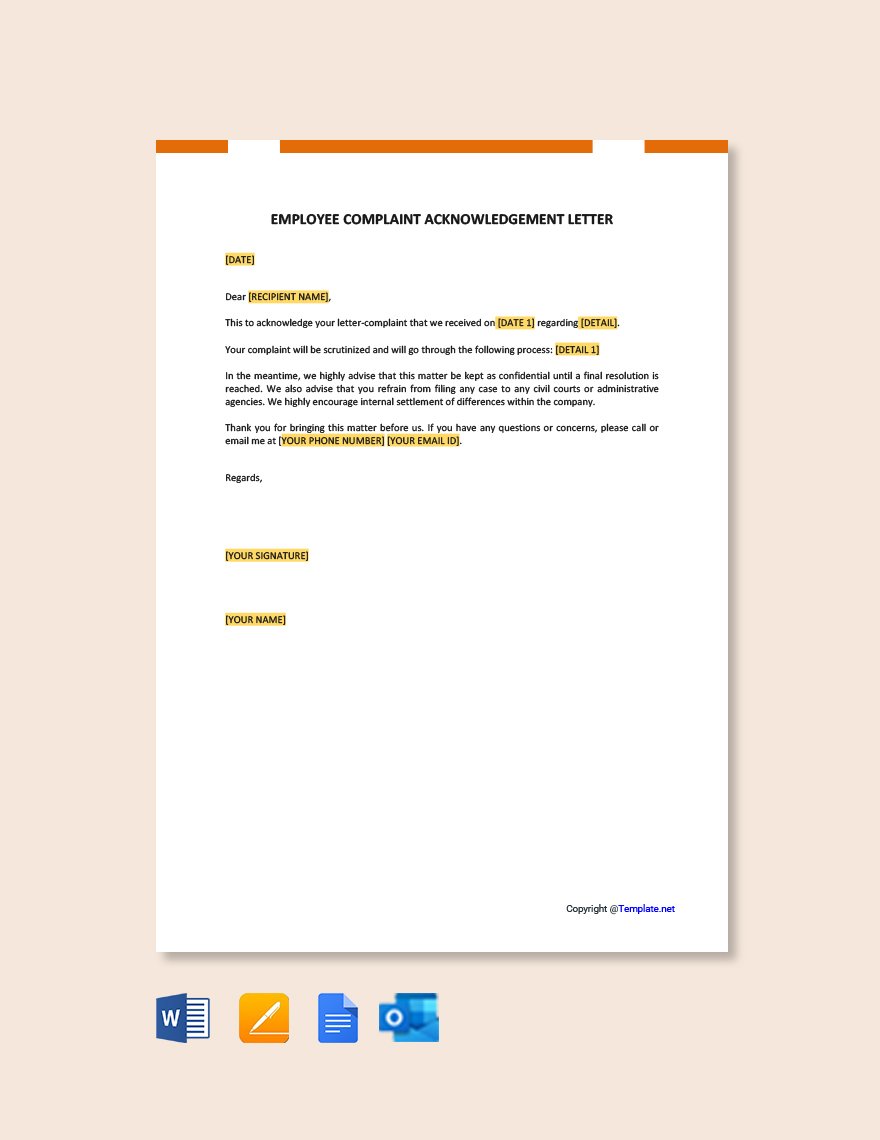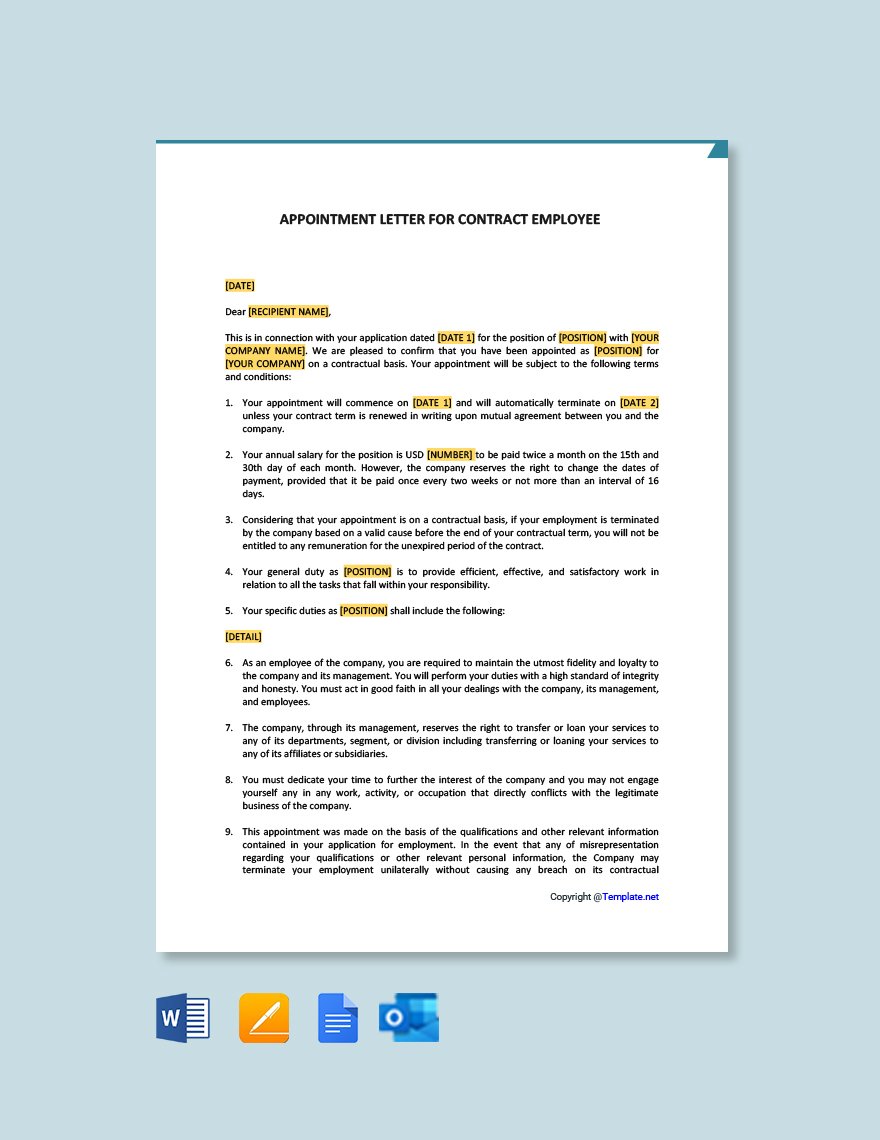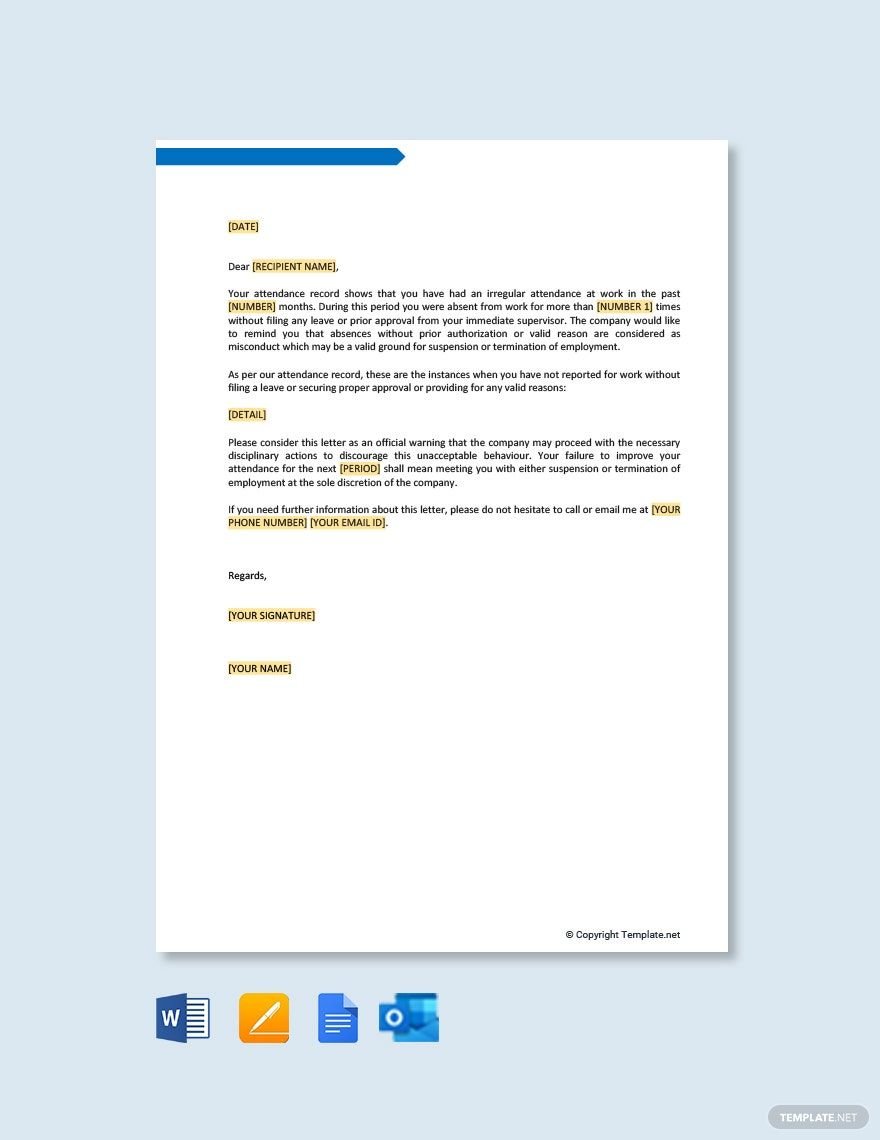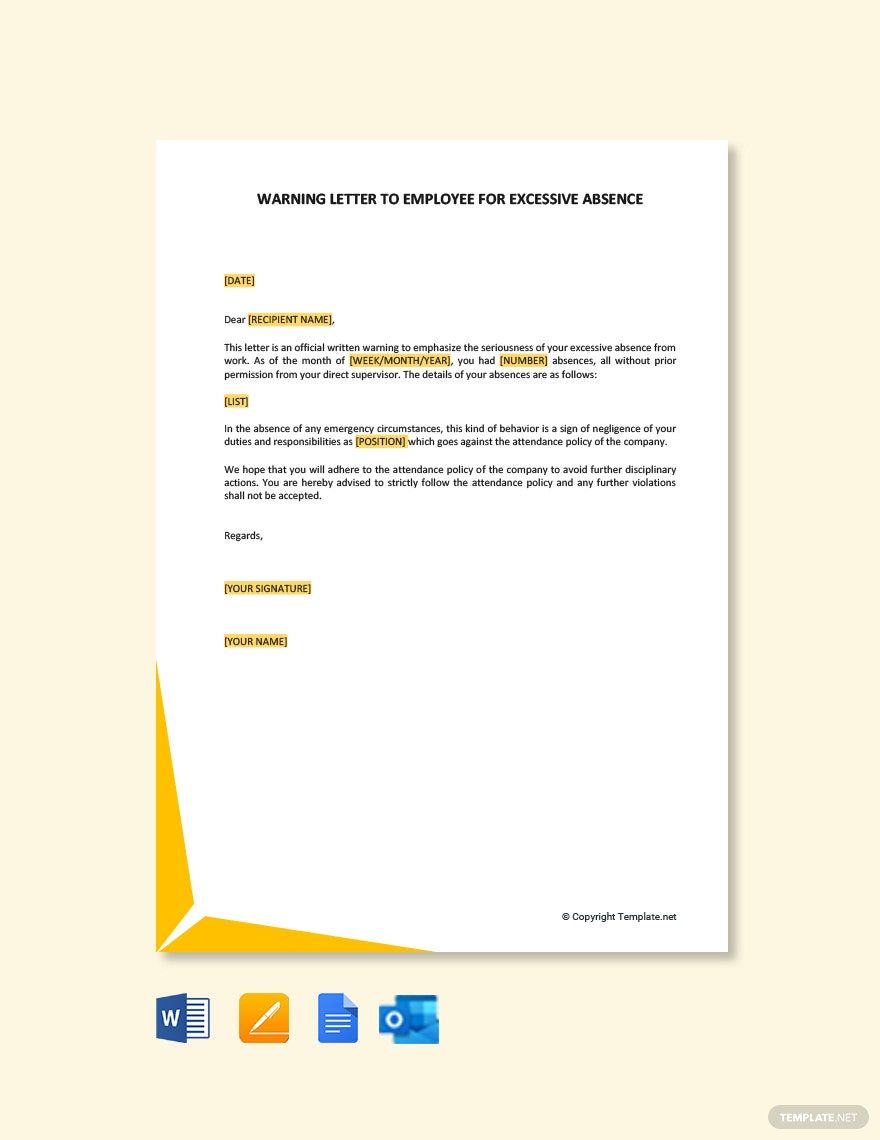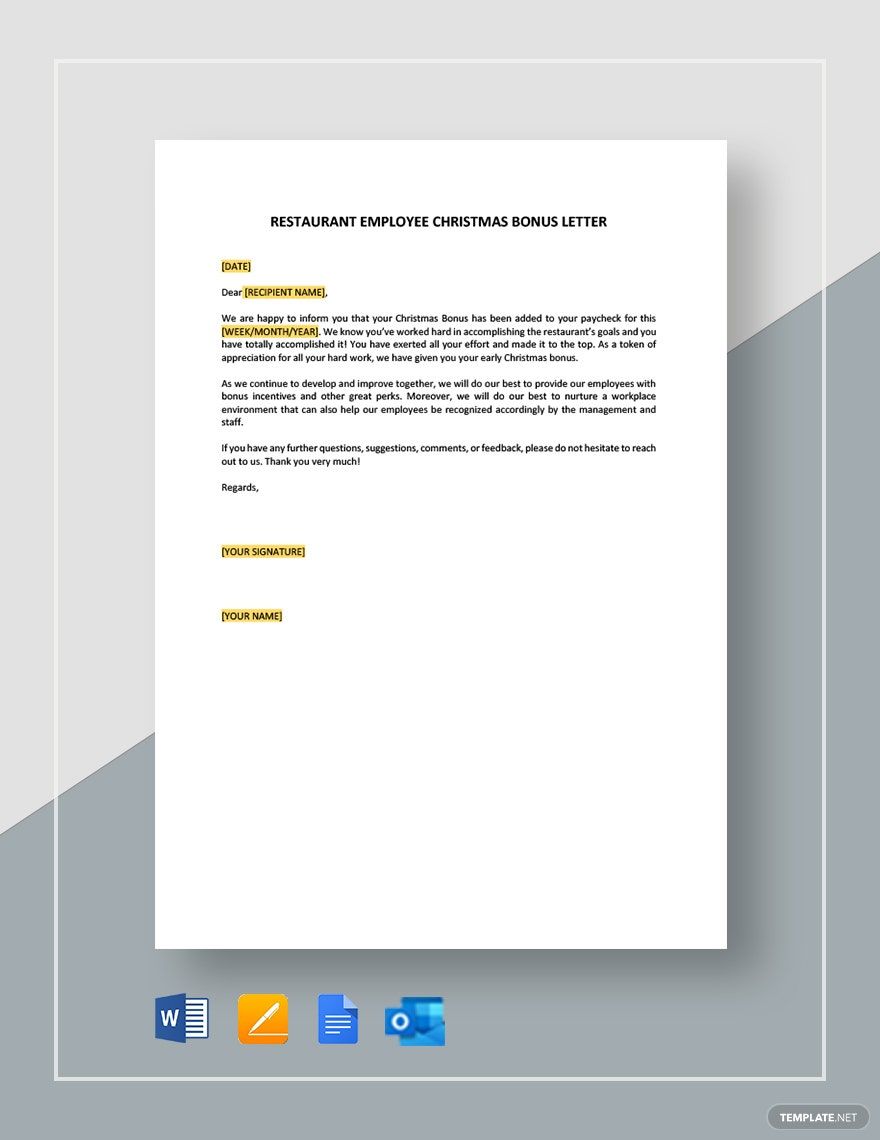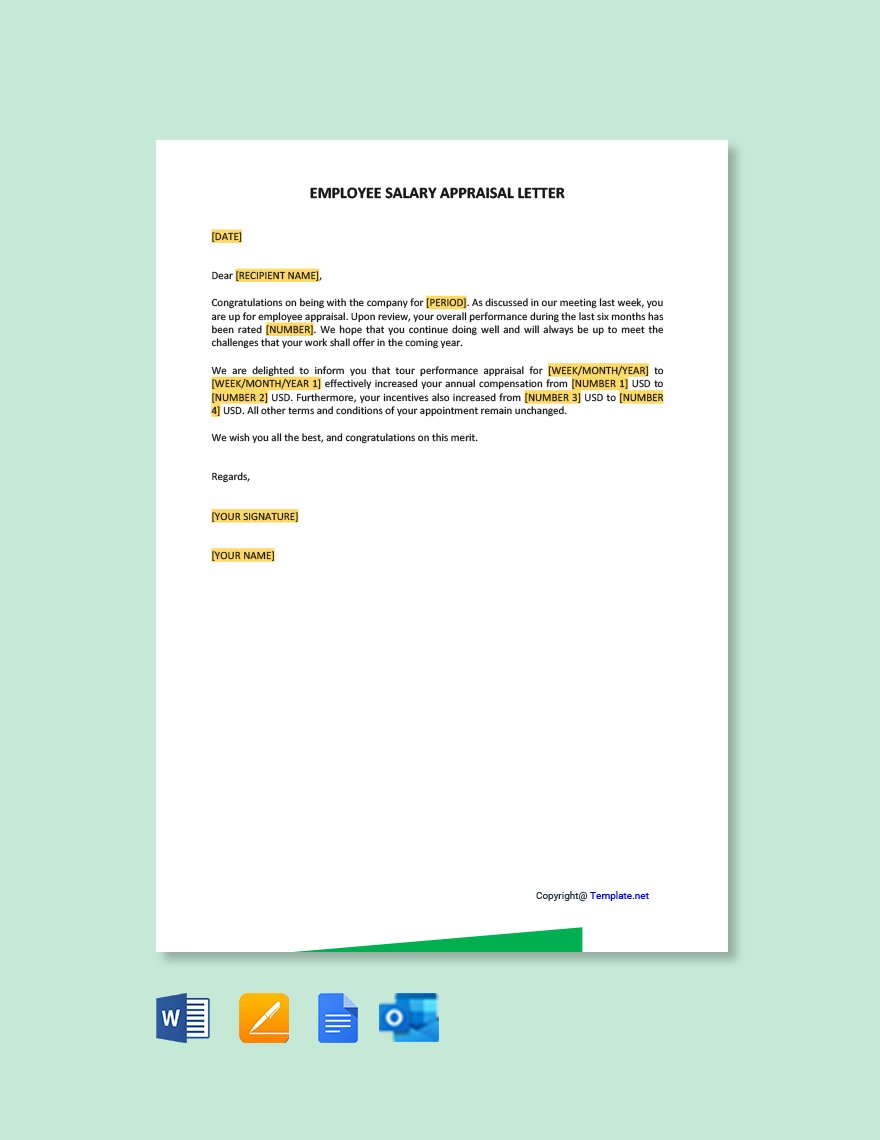Whether you are an employer or employee, at some point, you will need to write a formal letter for a specific purpose. Get started with our 100% customizable, professionally written, ready-made Employee Letter Templates that are fully compatible with all versions of Microsoft Word. We have a variety of templates ready to help you, be it for a job application, a statement of a job offer, thank-you note following an interview, a document from your employer offering a promotion, and many more. These high-quality premium templates are all professionally designed for your every business letter needs. Do not let this opportunity slip through your hands! Get our subscription plan now so that you can access our premium business and design templates!
How To Create Employee Letters In Microsoft Word?
An employee letter are an internal letter addressed within a company or an organization. These legal documents were written for scenarios that arise in typical business situations. They can either be administrative in nature or those that deal with employee morale and motivation. Employee letters should be brief and are usually limited to one page to draw more attention from the readers. Studies reveal that 79% of workers quit their jobs for lack of appreciation. As an employer, it is vital to recognize the efforts of your employees because it helps them to be motivated to maintain or improve their excellent work.
Here are some guidelines that you can follow in making an employee letter.
1. Determine The Type Of Letter
The key to being productive is preparedness. Before you start writing the letter, you have to determine first the type of letter you are going to write. There are various employee letters out there, such as a letter of intent, acknowledgment of obligations, transfer letter, verification of employment, and salary increment letter. Being able to determine its type allows you to prepare all data needed, thereby enabling you to be spontaneous in writing.
2. Make A Draft
In the business arena, you write letters for various purposes. You could be writing a letter because you want to inform your employee about his/her promotion and salary increase, clarify an event, express gratitude, and so forth. Whenever you right essential documents, such as employee letters, you need to be keen to do it right. Making a draft allows you to brainstorm everything, thereby producing a detailed and effective employee letter.
3. Decide The Letter's Structure
No matter how quick and convenient emails can be in conveying daily business messages, printed letters are still the preferred way to relay important information. In writing a formal letter, you have to take note of the following parts: current date, sender and recipient's address and job title, salutation, body, closing, enclosures, and typist initials. There are also various letter formats; however, the most commonly used are the block format, modified block format, and semi-block format.
4. Use An Accurate Tone Of Language
As you write the sample letter, you should be careful about the tone and the use of language. It is not the perfect avenue for you to use slang and colloquial language since you are writing a formal letter. Likewise, avoid using subjective language and contractions. Additionally, your tone should be courteous and respectful. By doing so, there is a huge chance to get a response from the reader or the recipient.
5. Make It Clear And Concise
Clarity and conciseness are one of the keys to having an effective formal document. If your letter is too long, there is a huge chance that the recipient might not read the entire thing, thereby making your efforts wasted. You can achieve brevity by specifying the purpose of writing and sticking to the point. You're not writing a creative piece, so there's no need to use long words and flowery language.
Once you're done, spare some time to proofread the entire document. You can run it through an online application, or you can turn on the grammar and spell check options of your word processor such as Microsoft Word.


